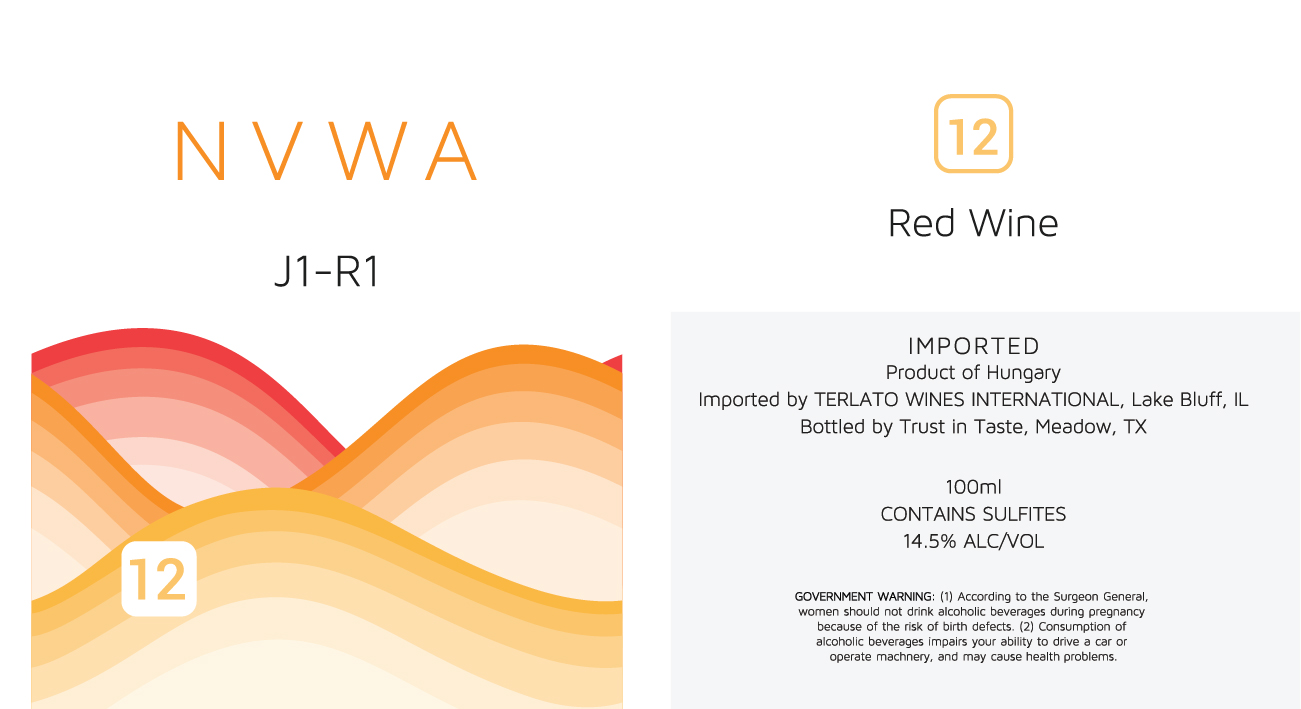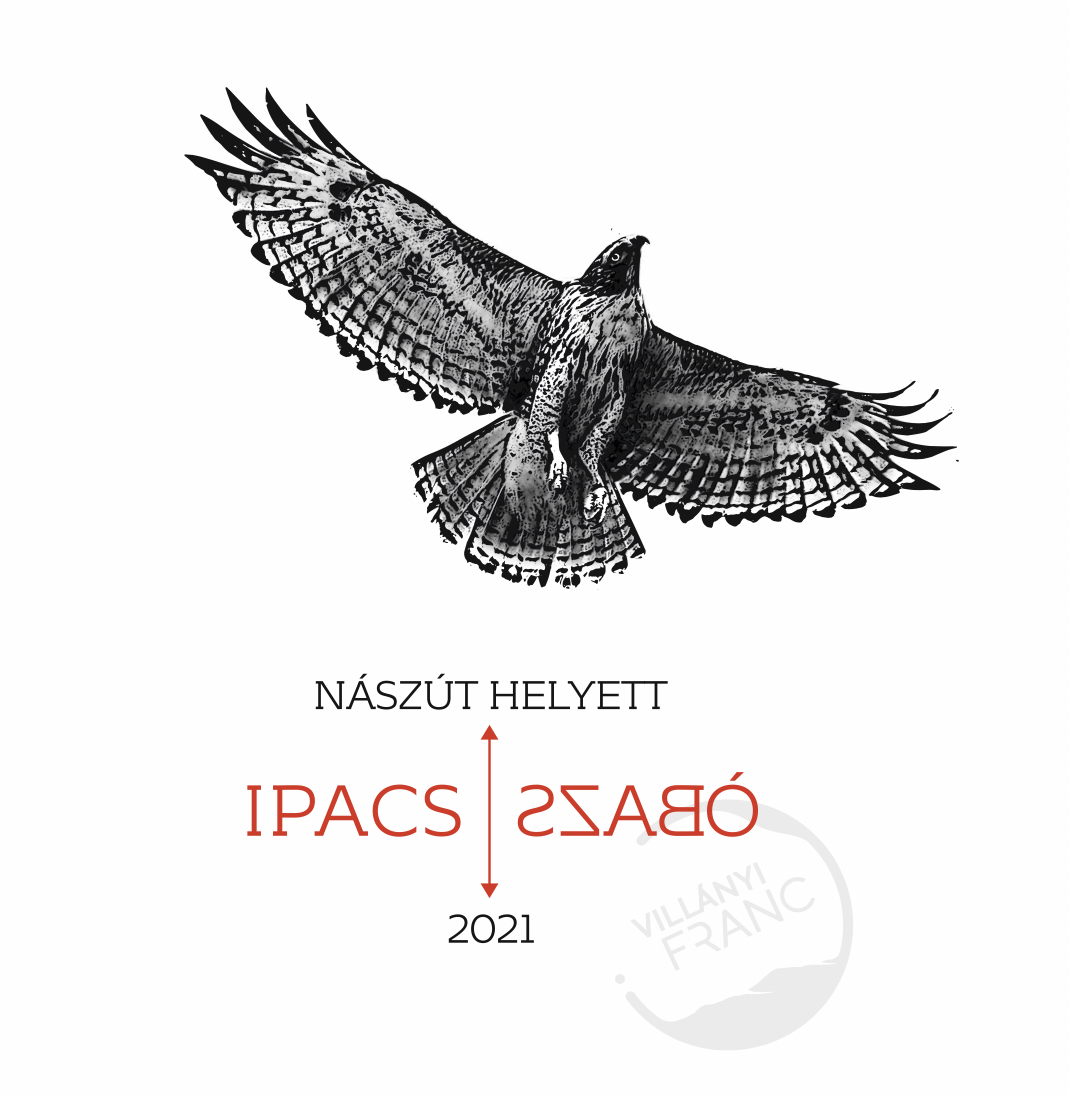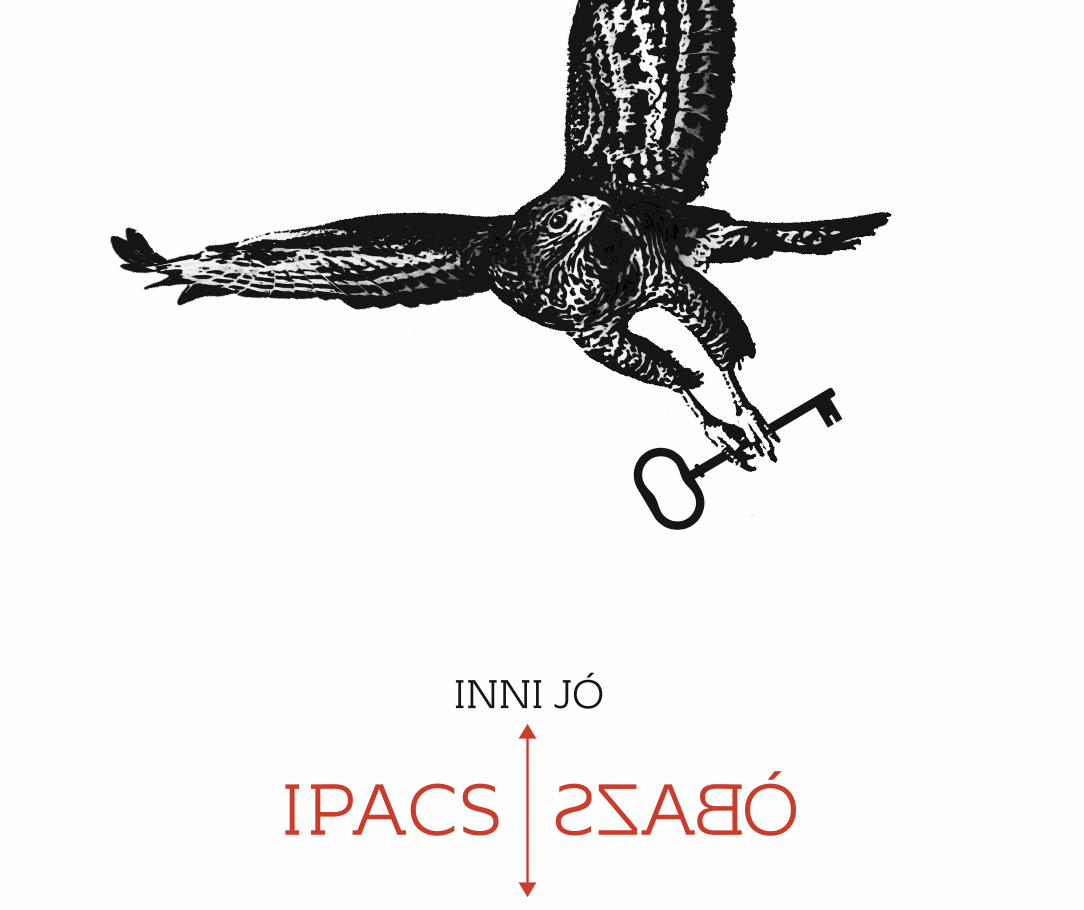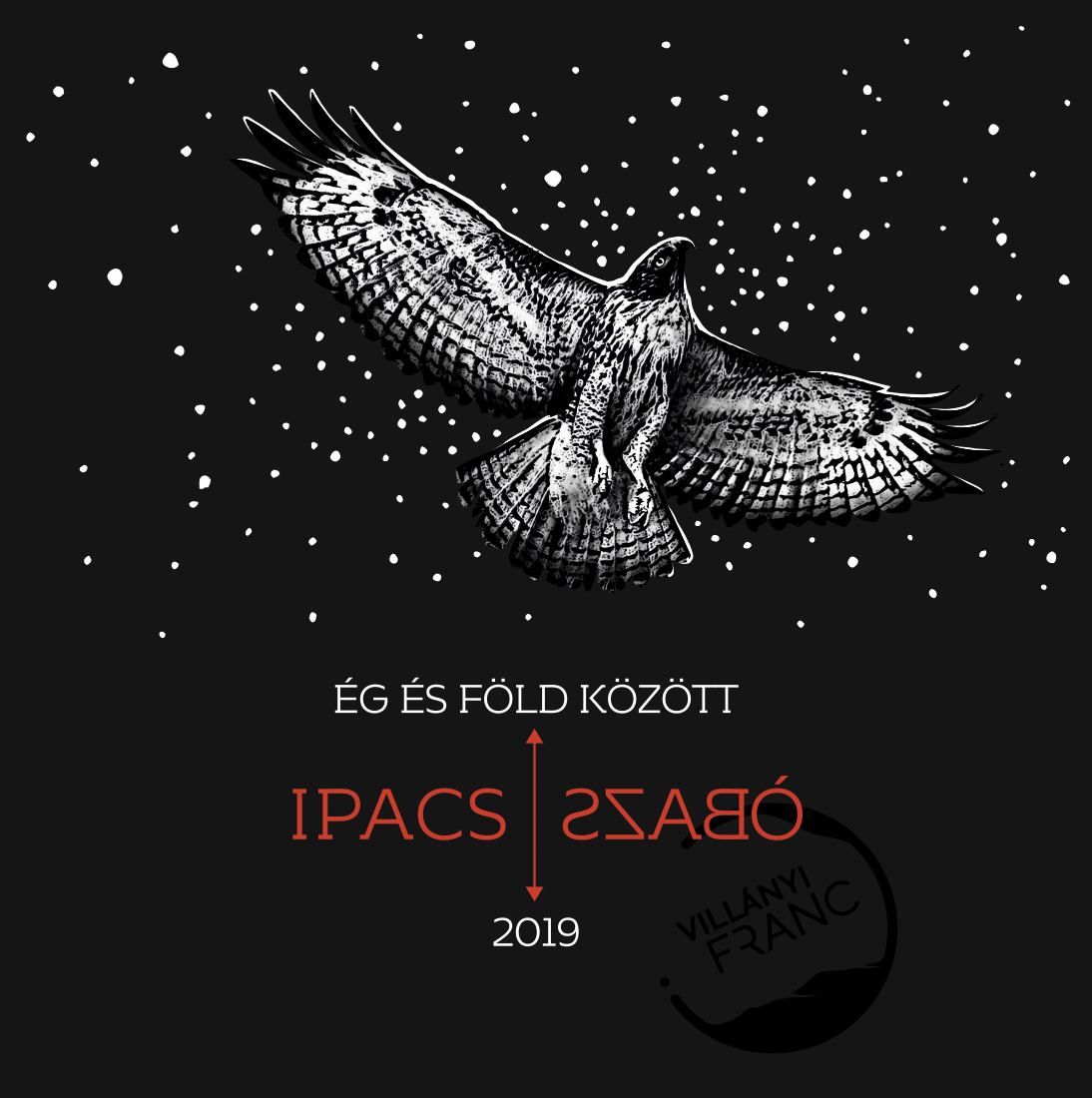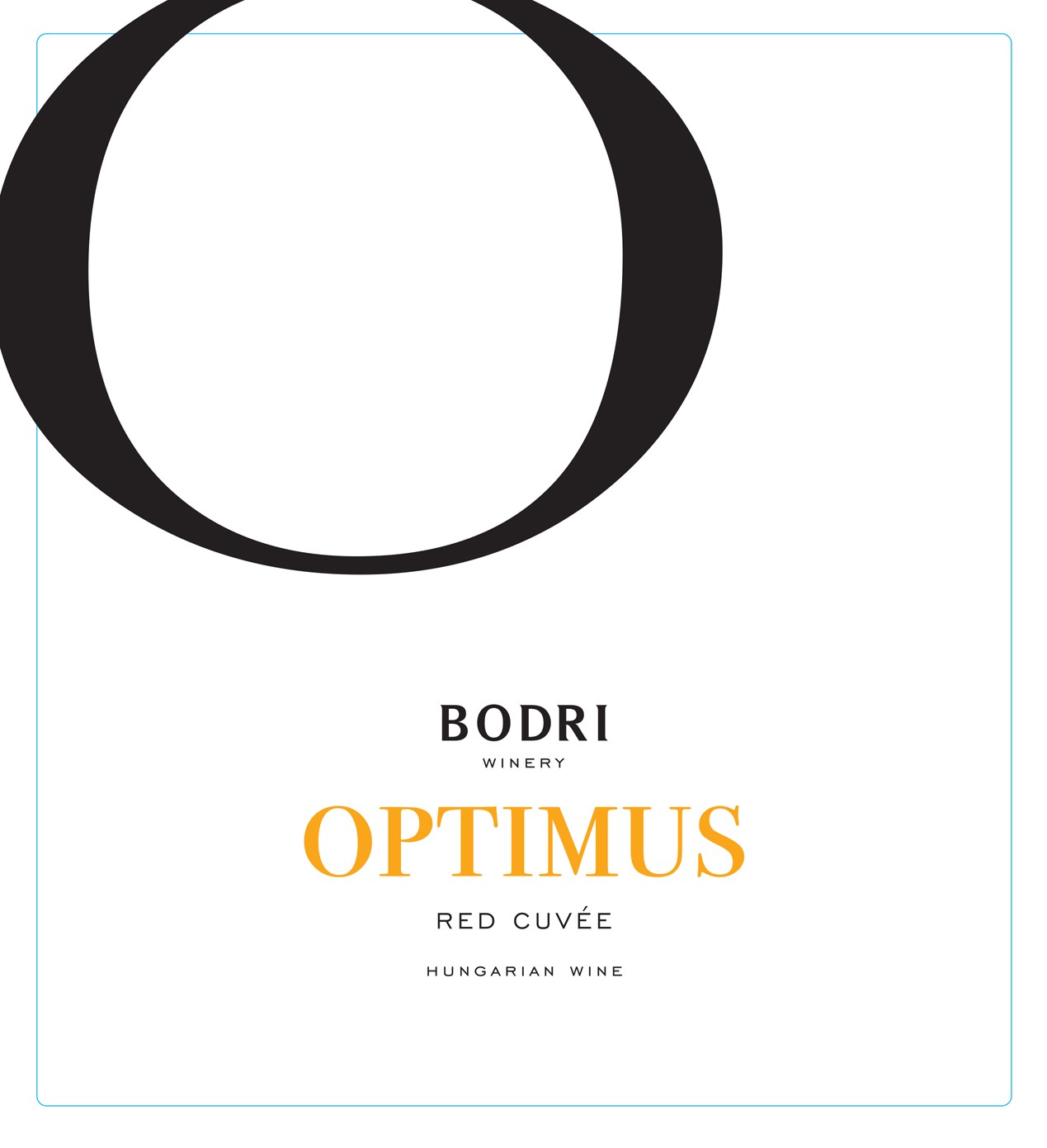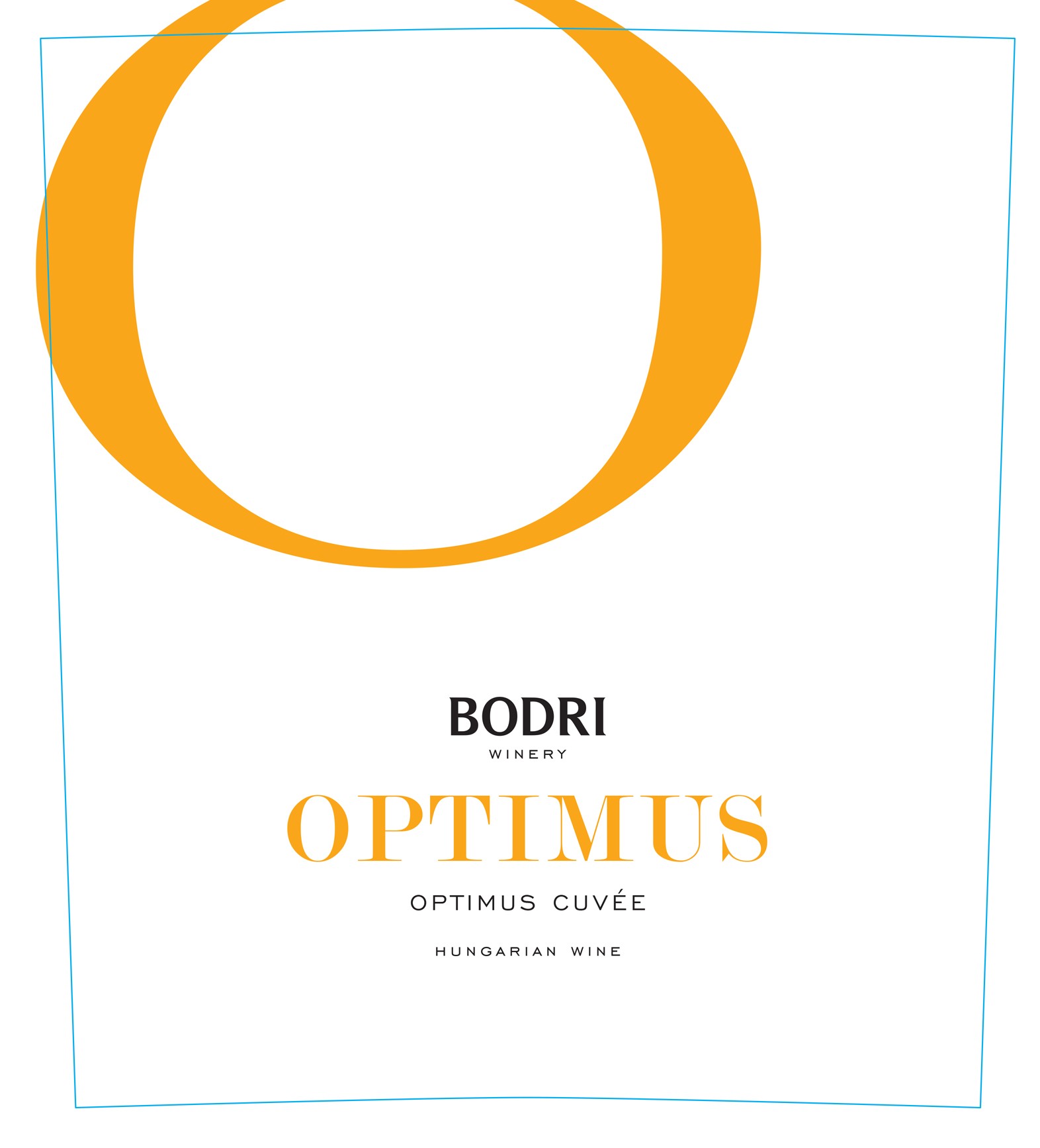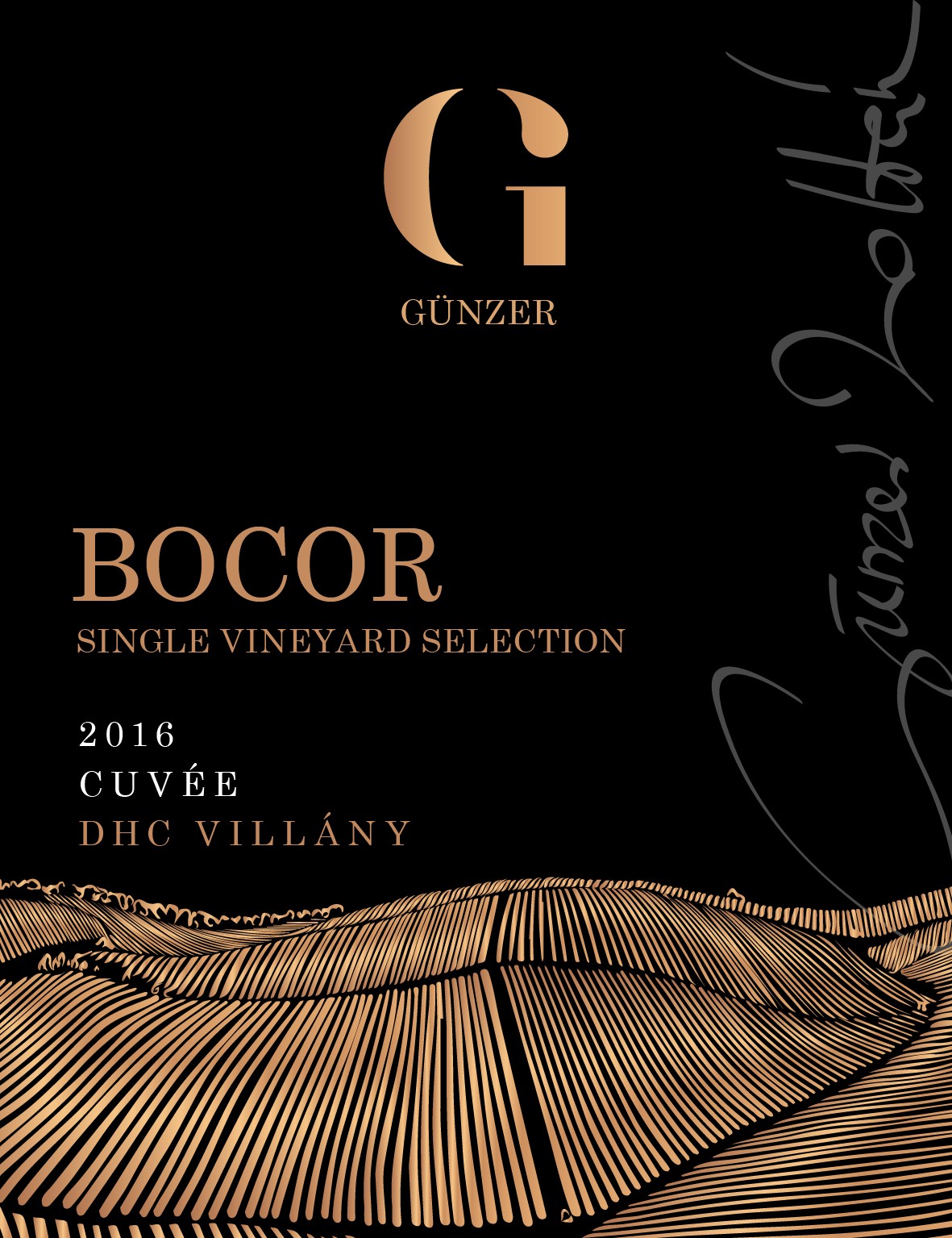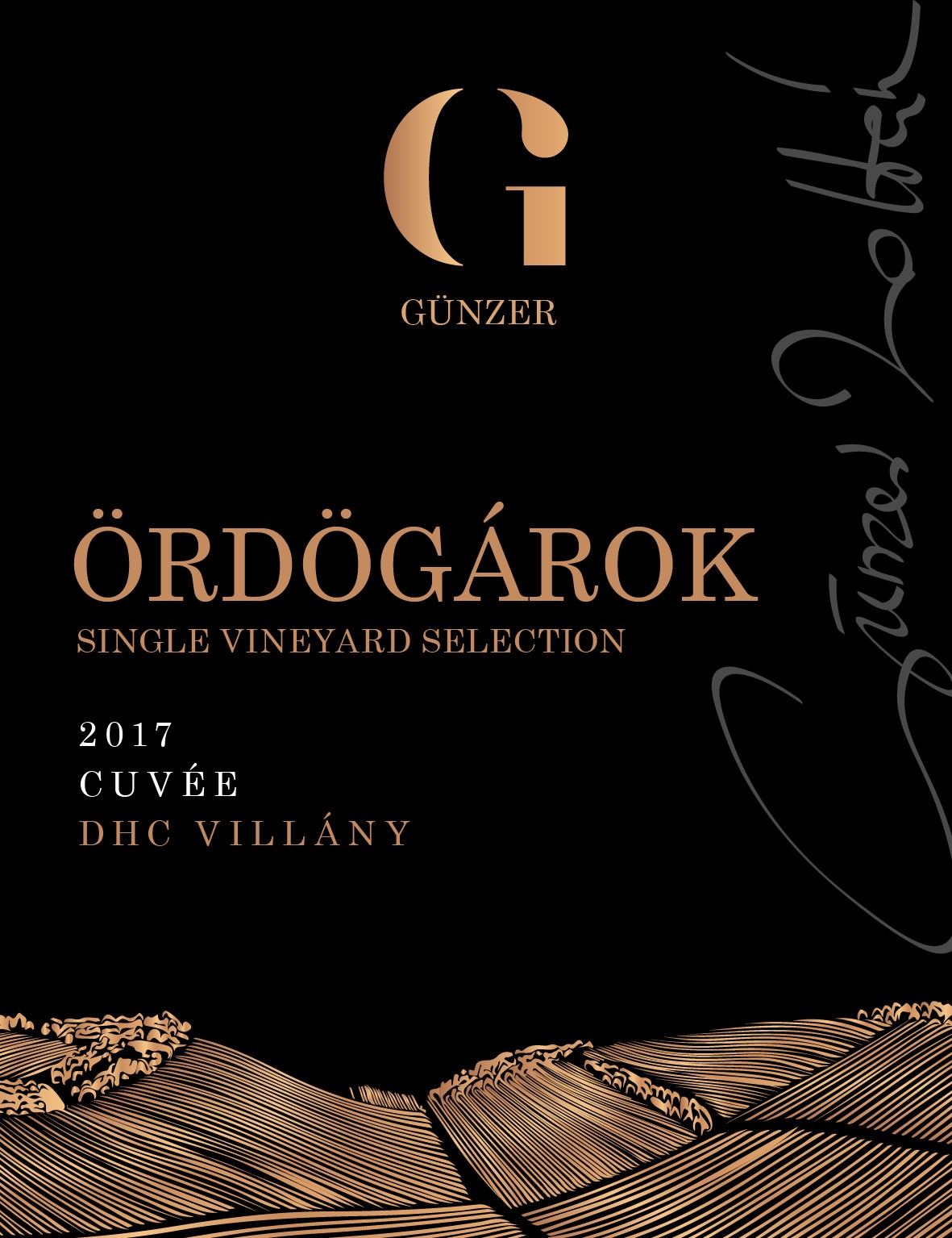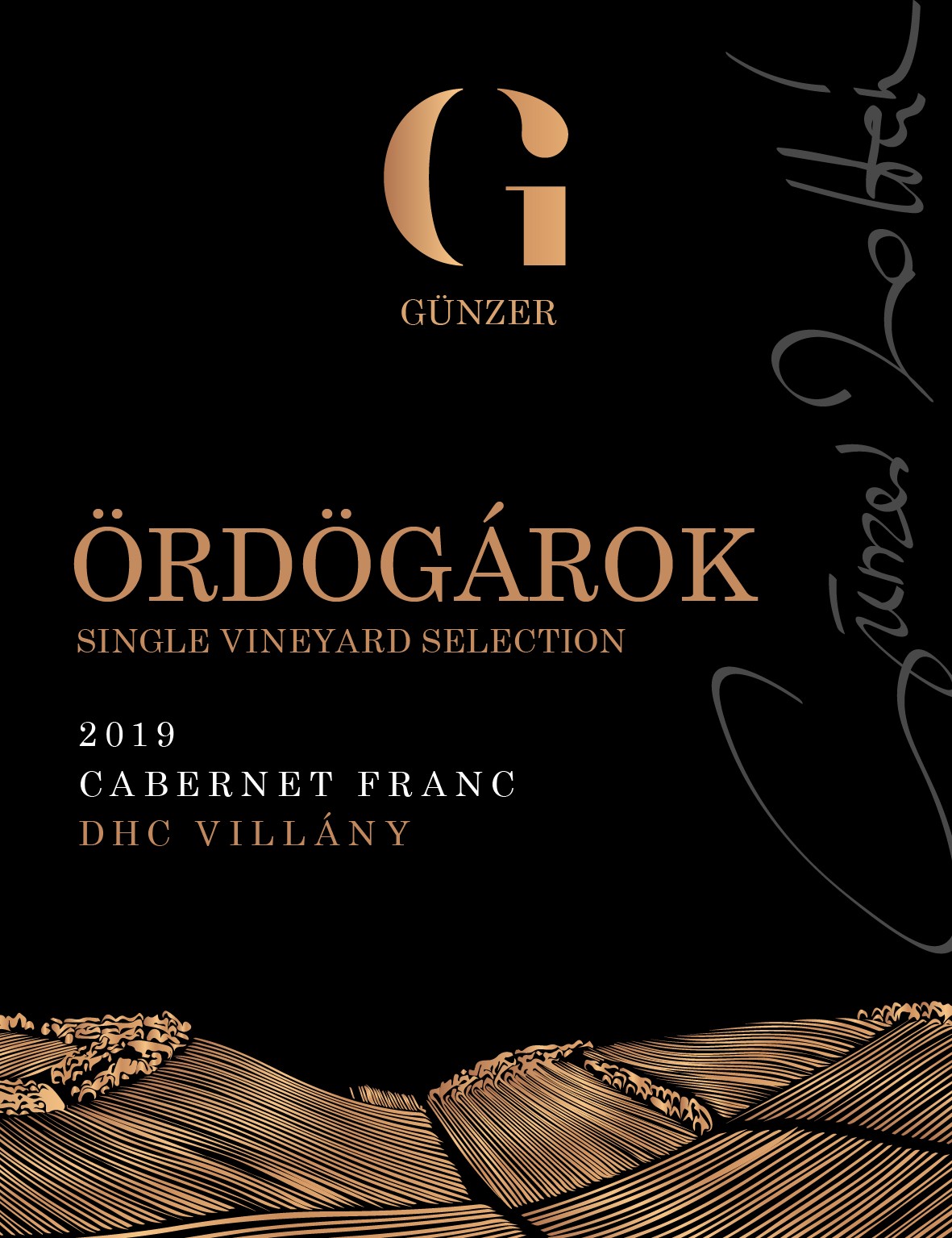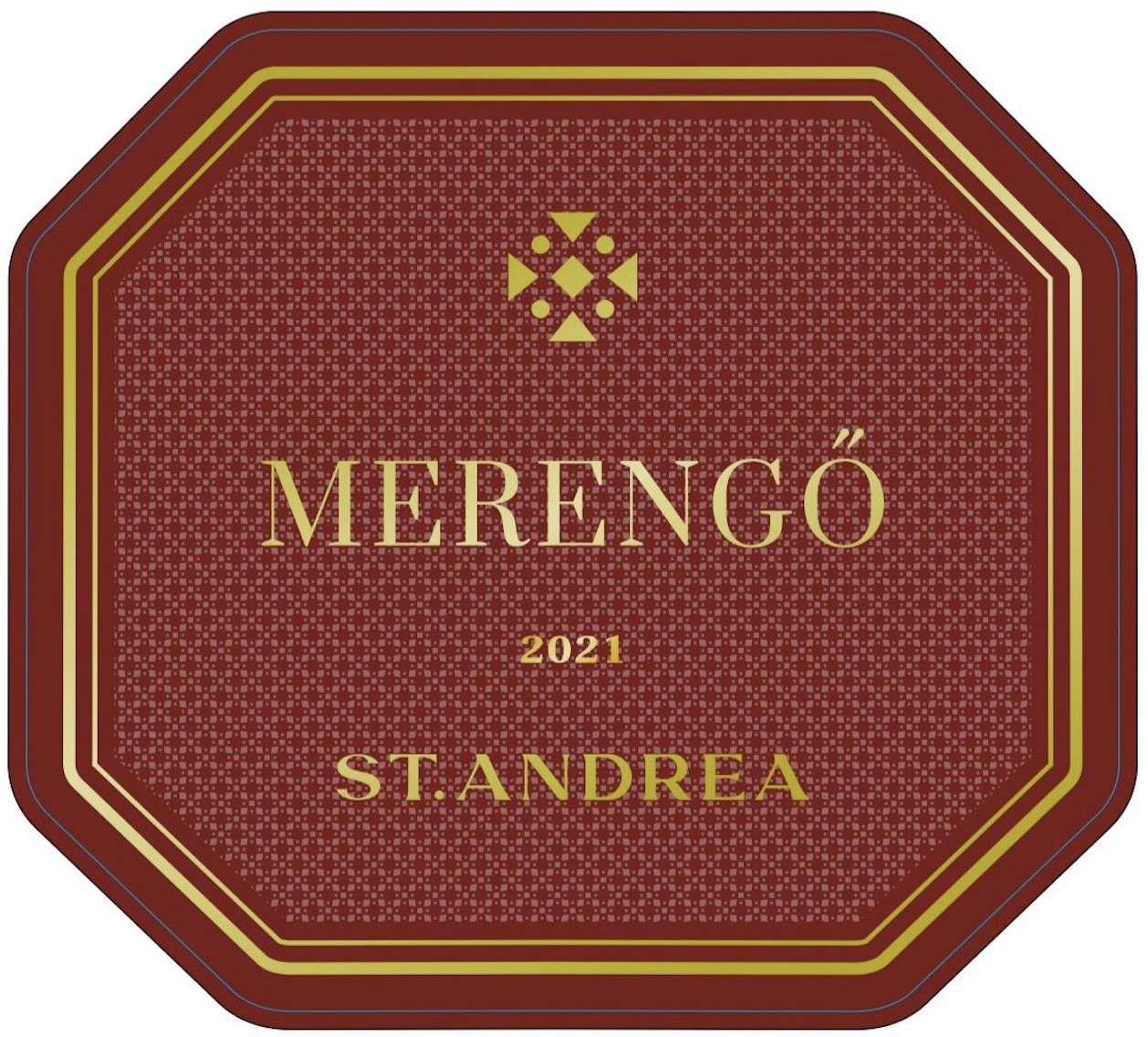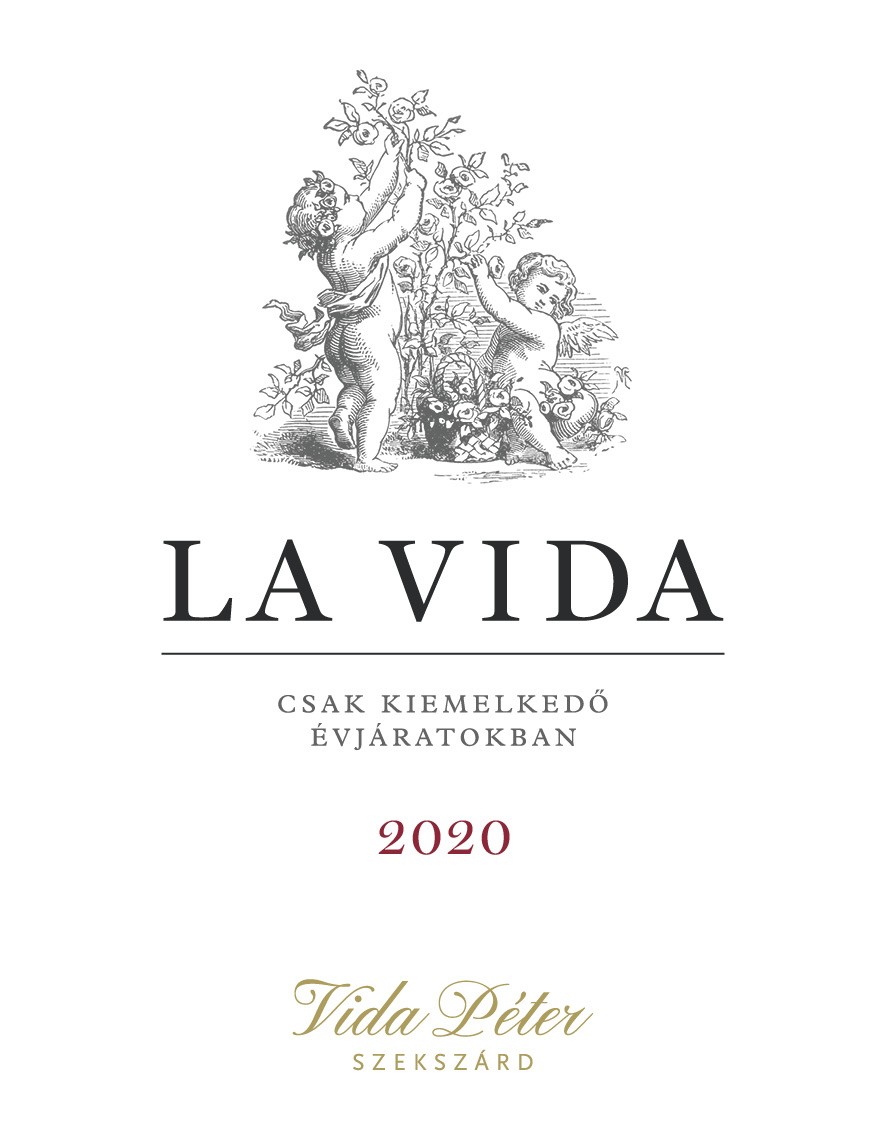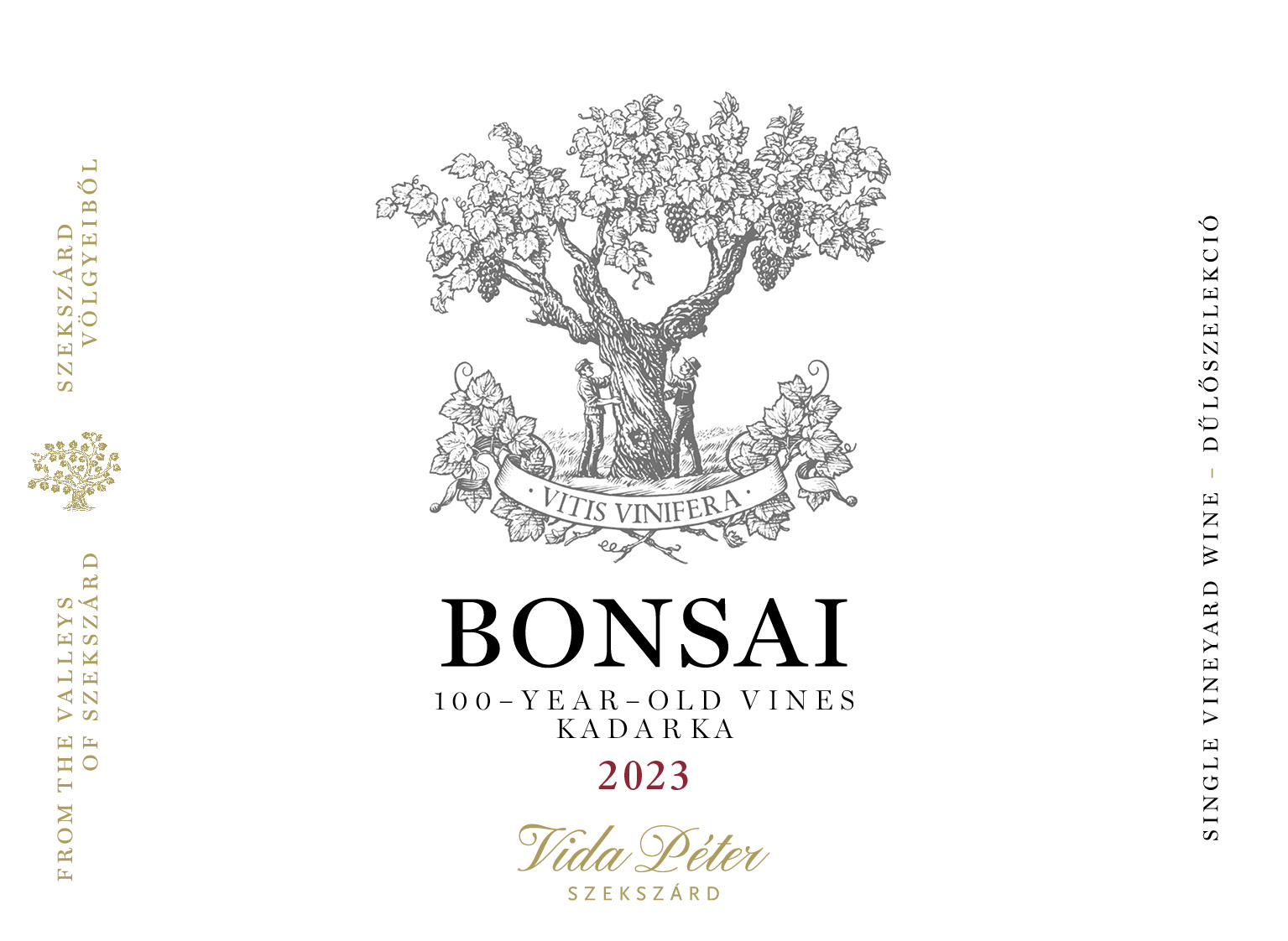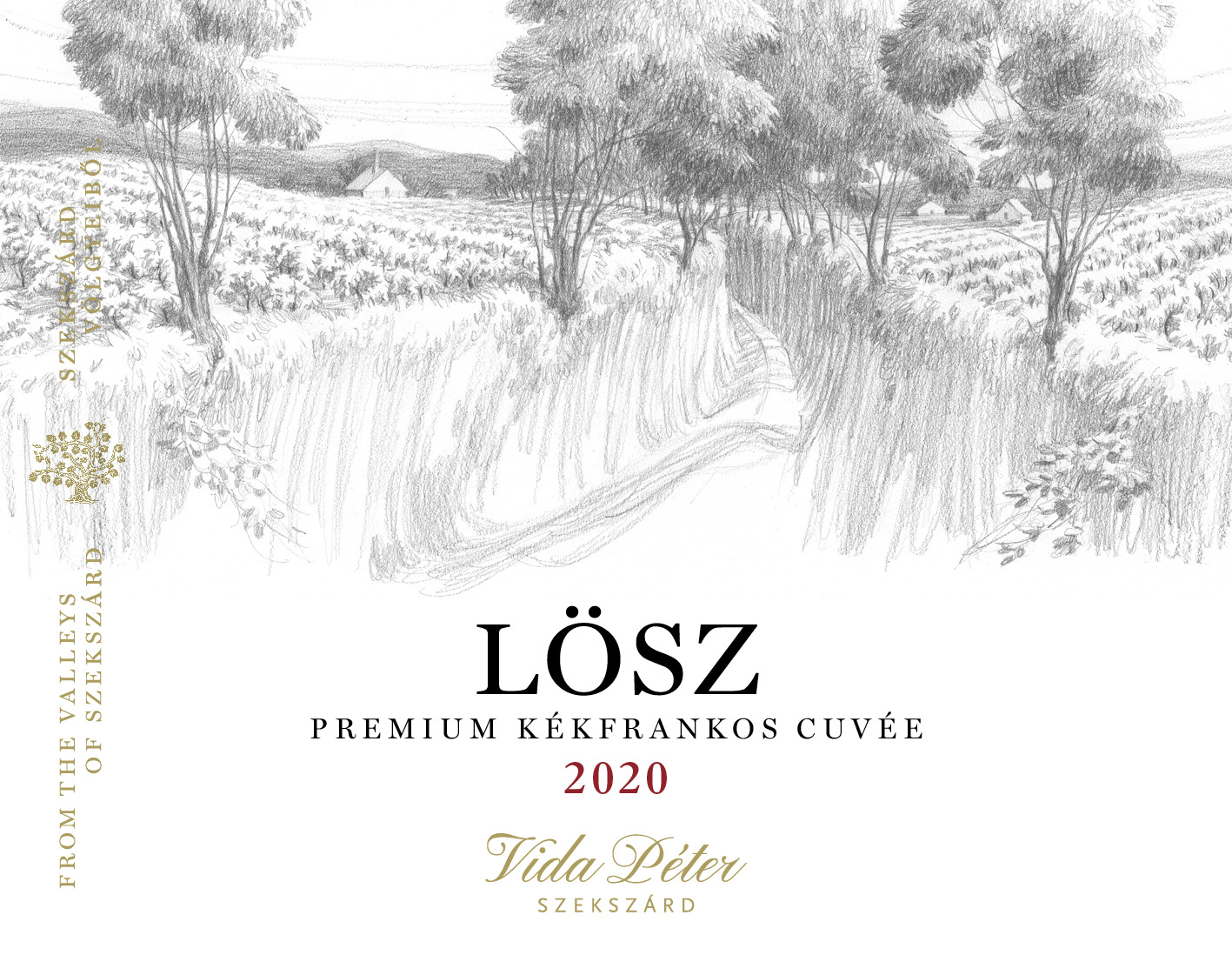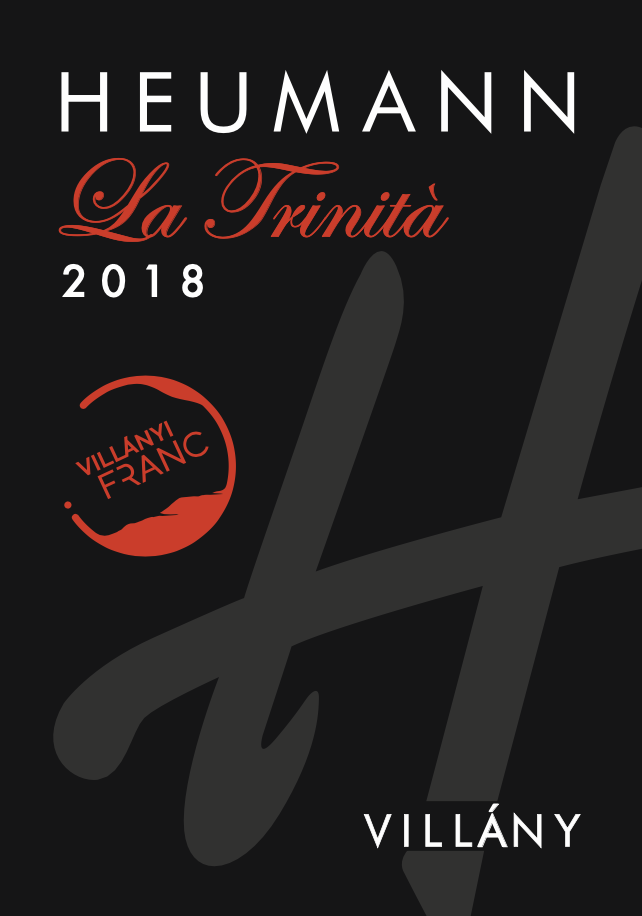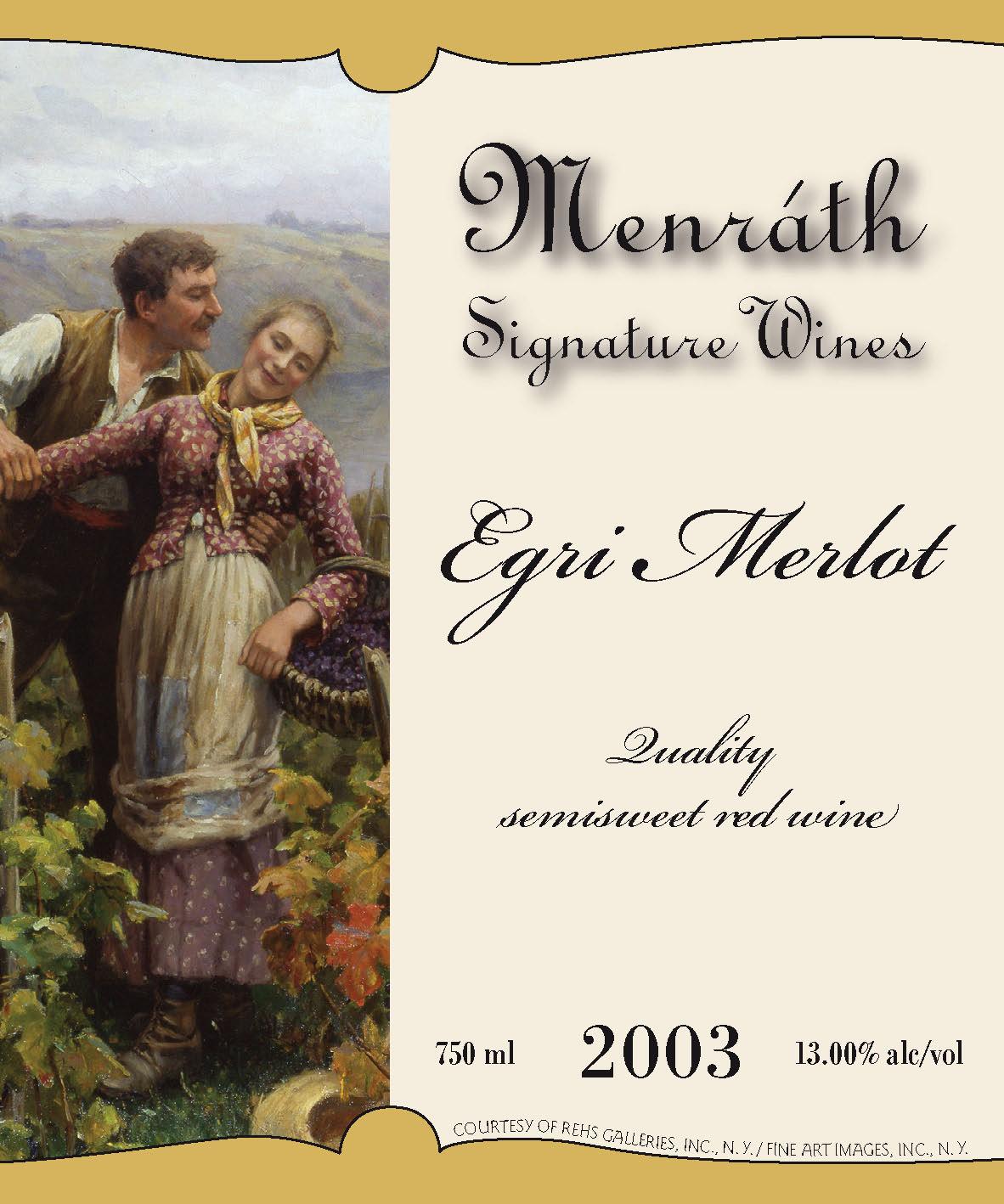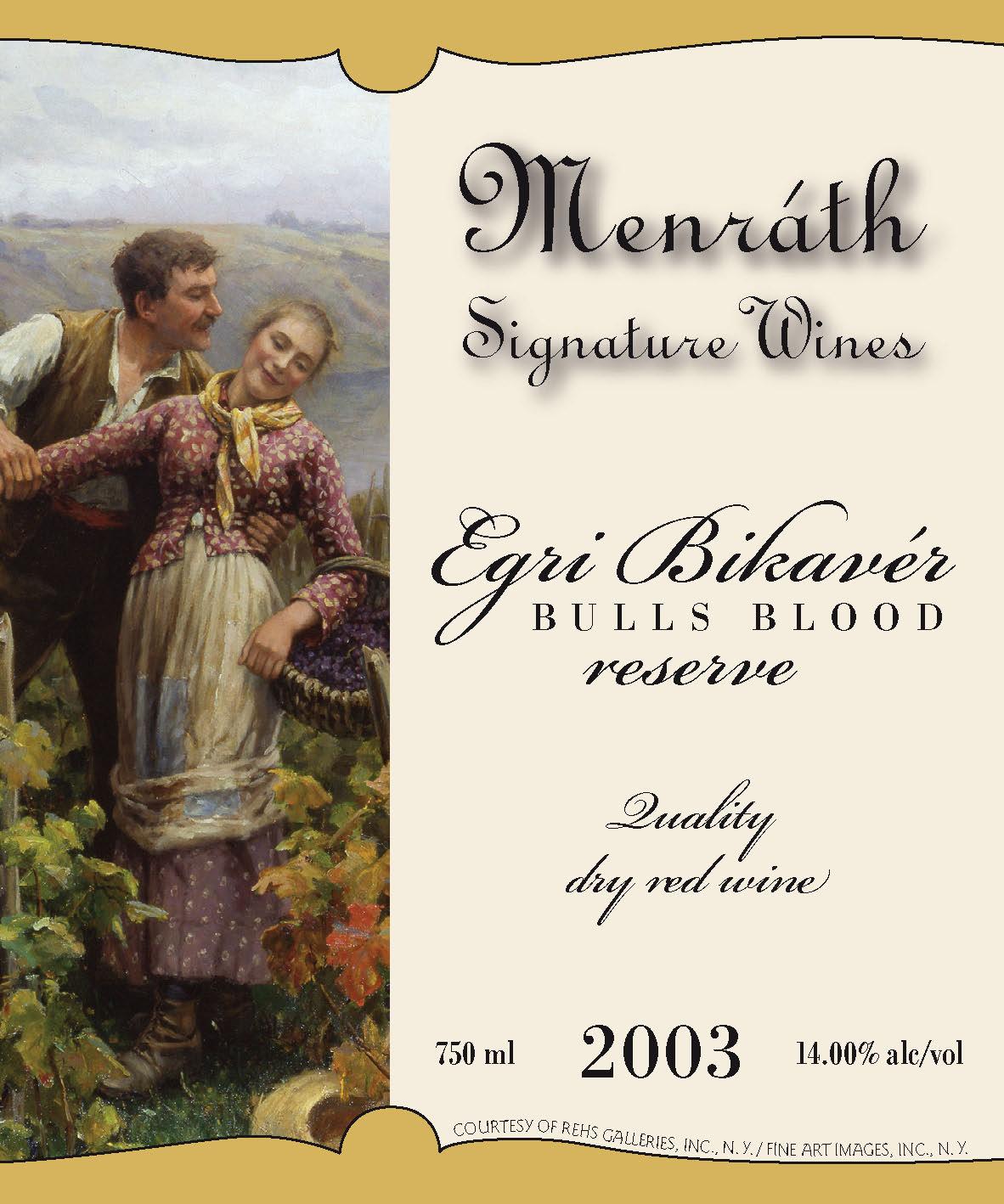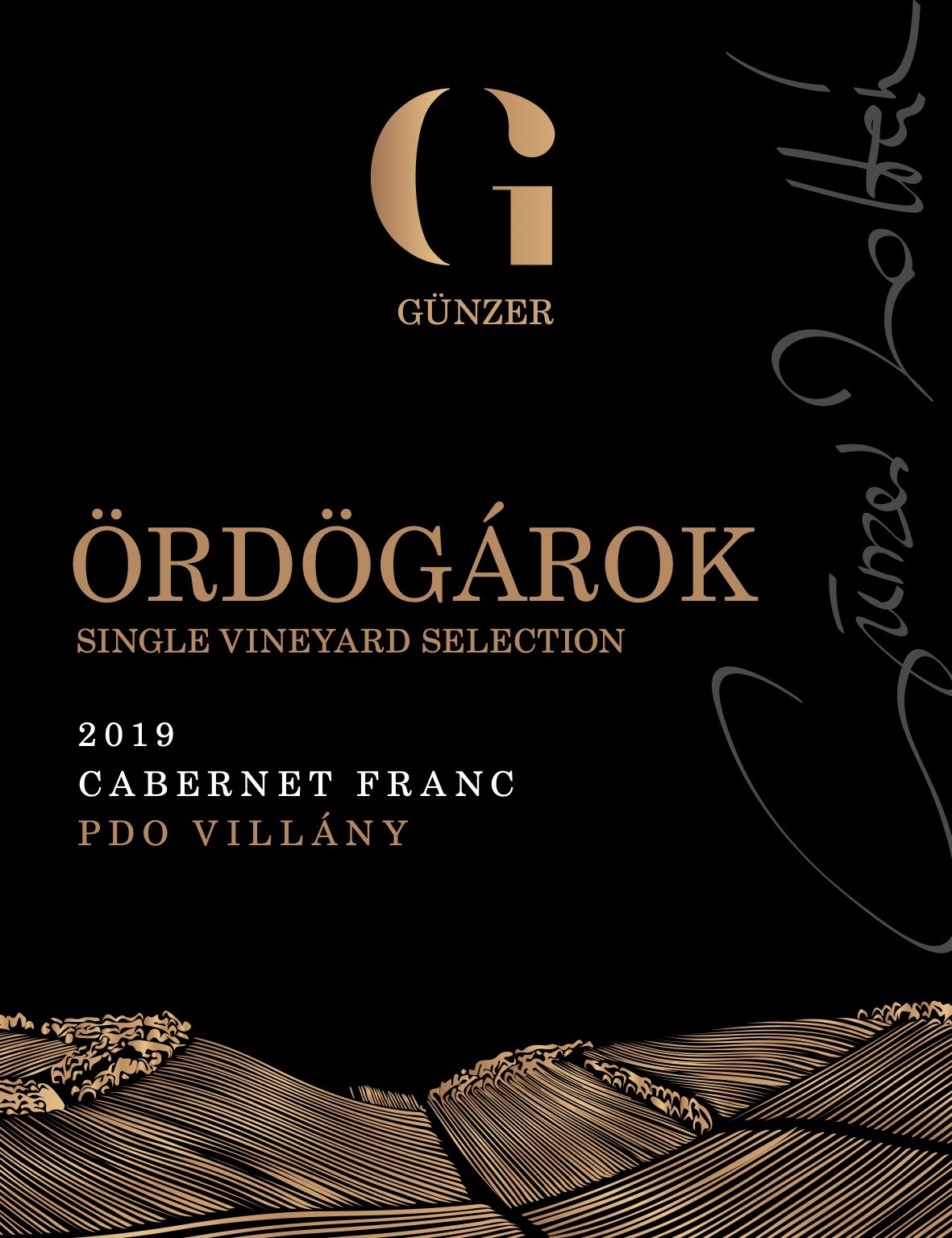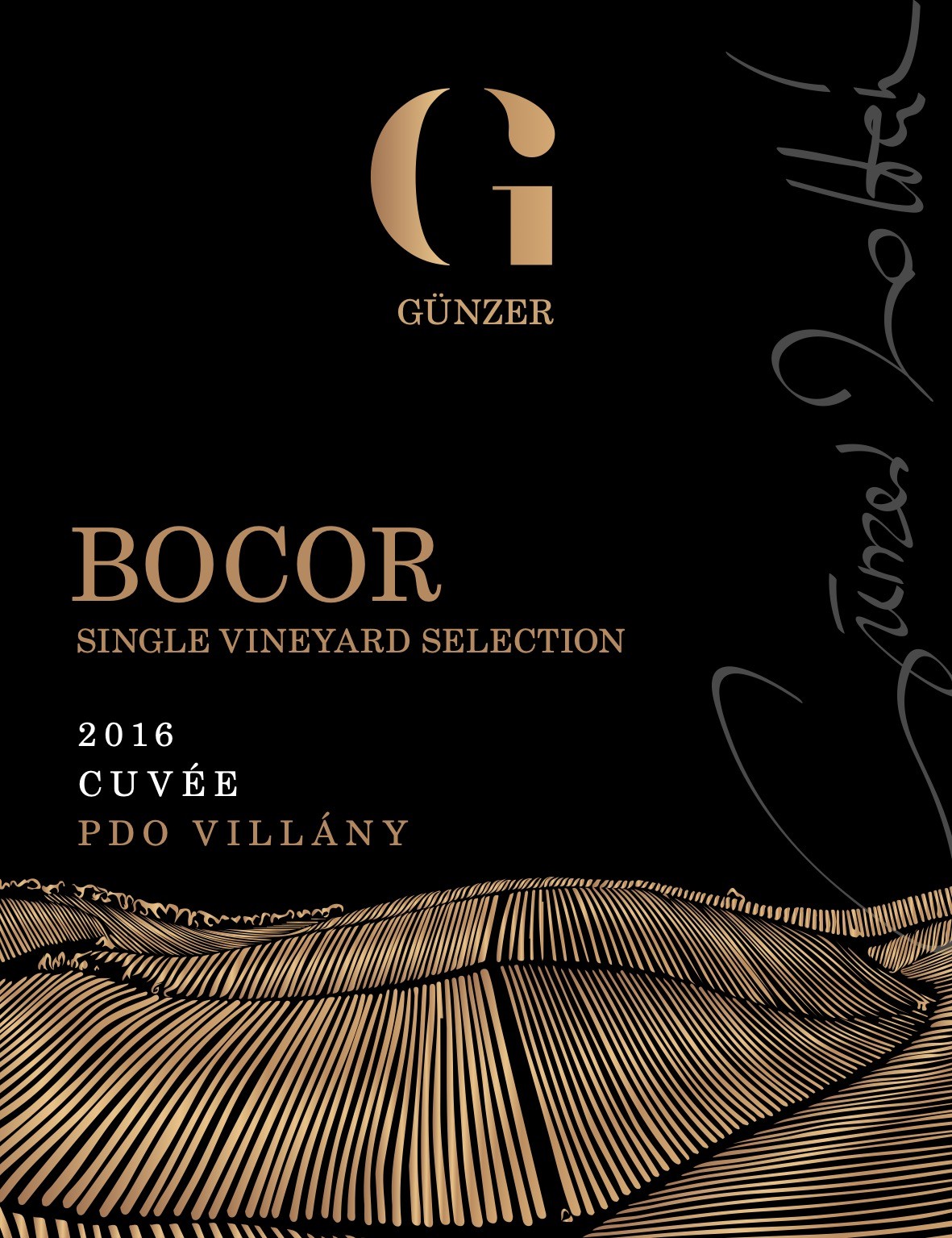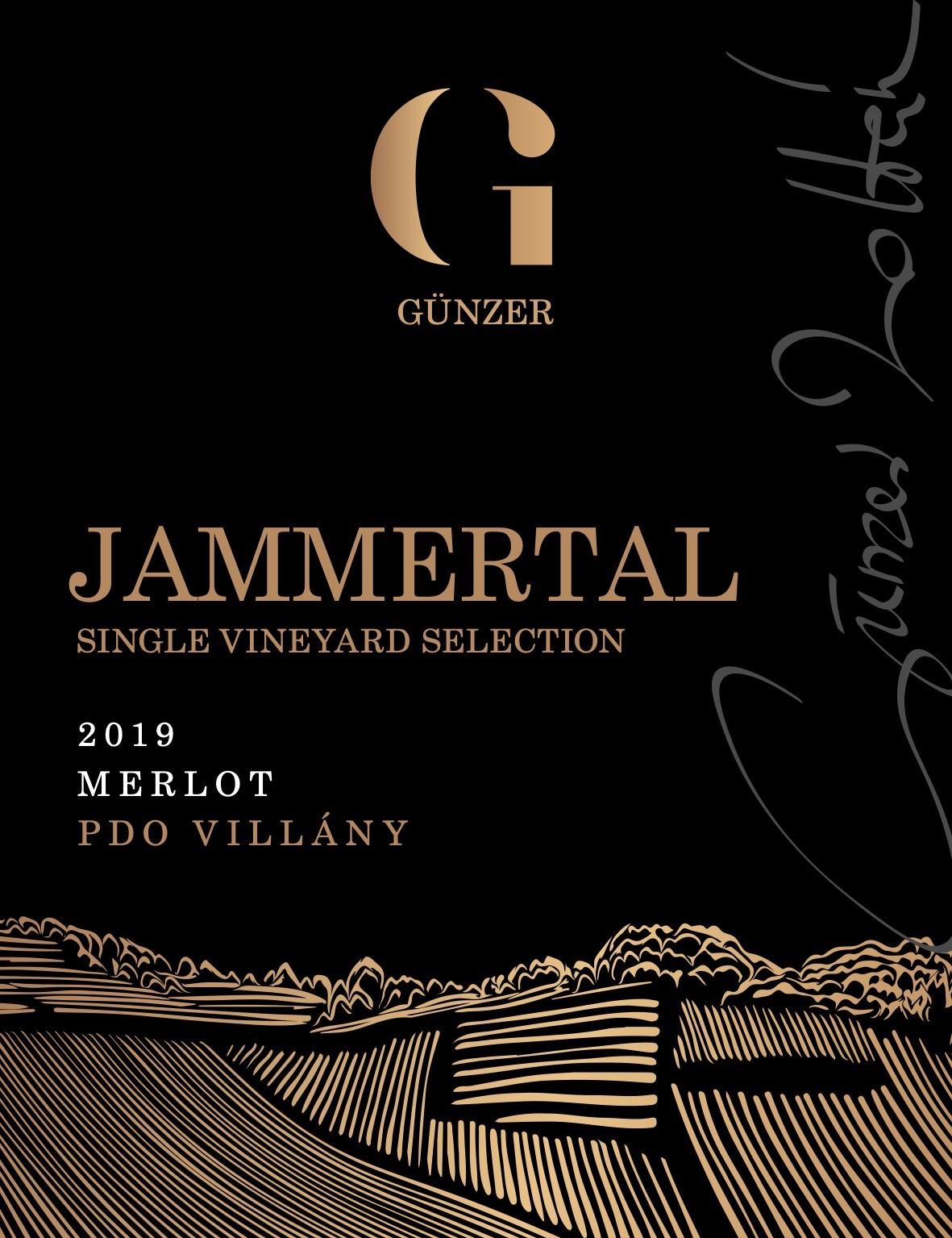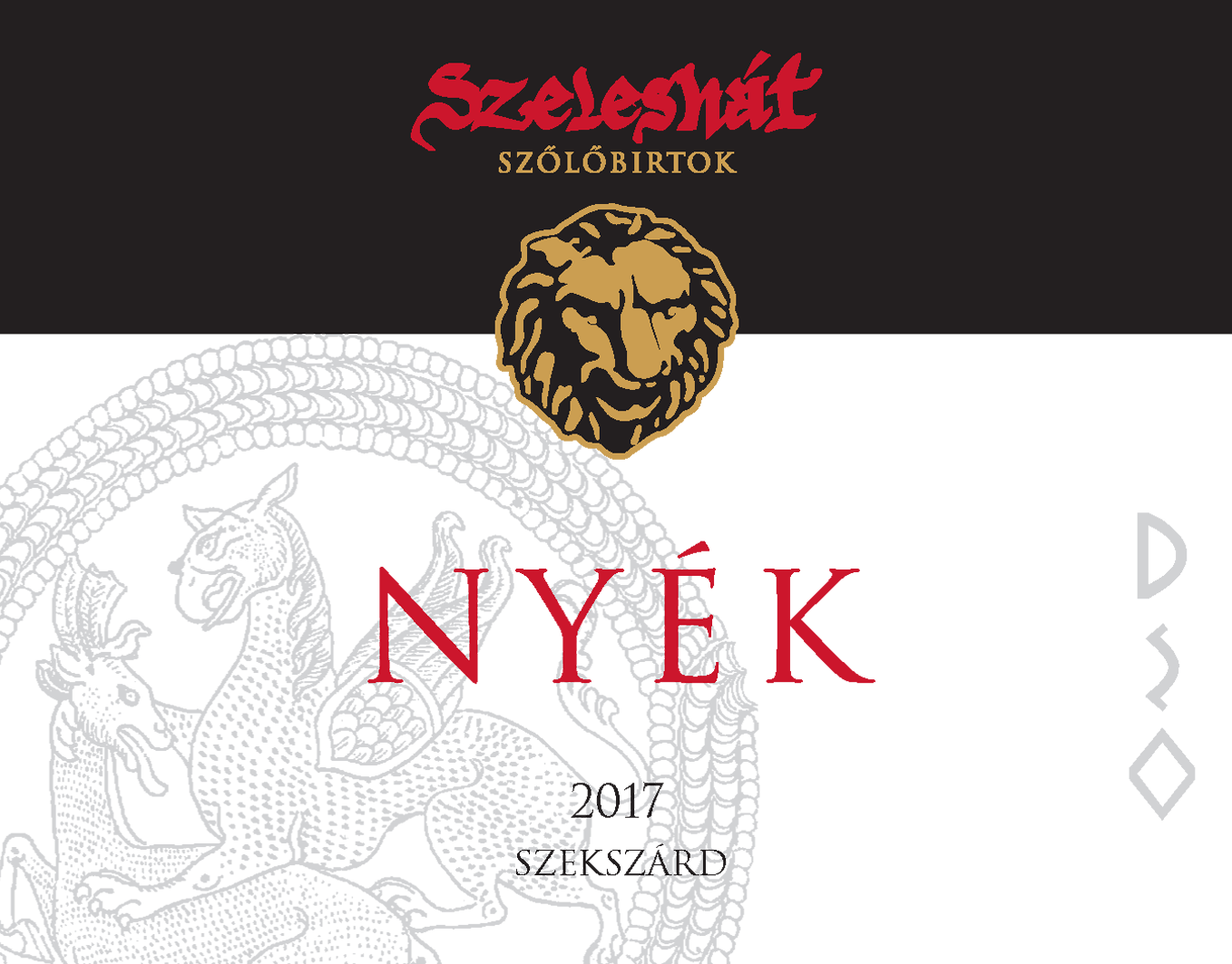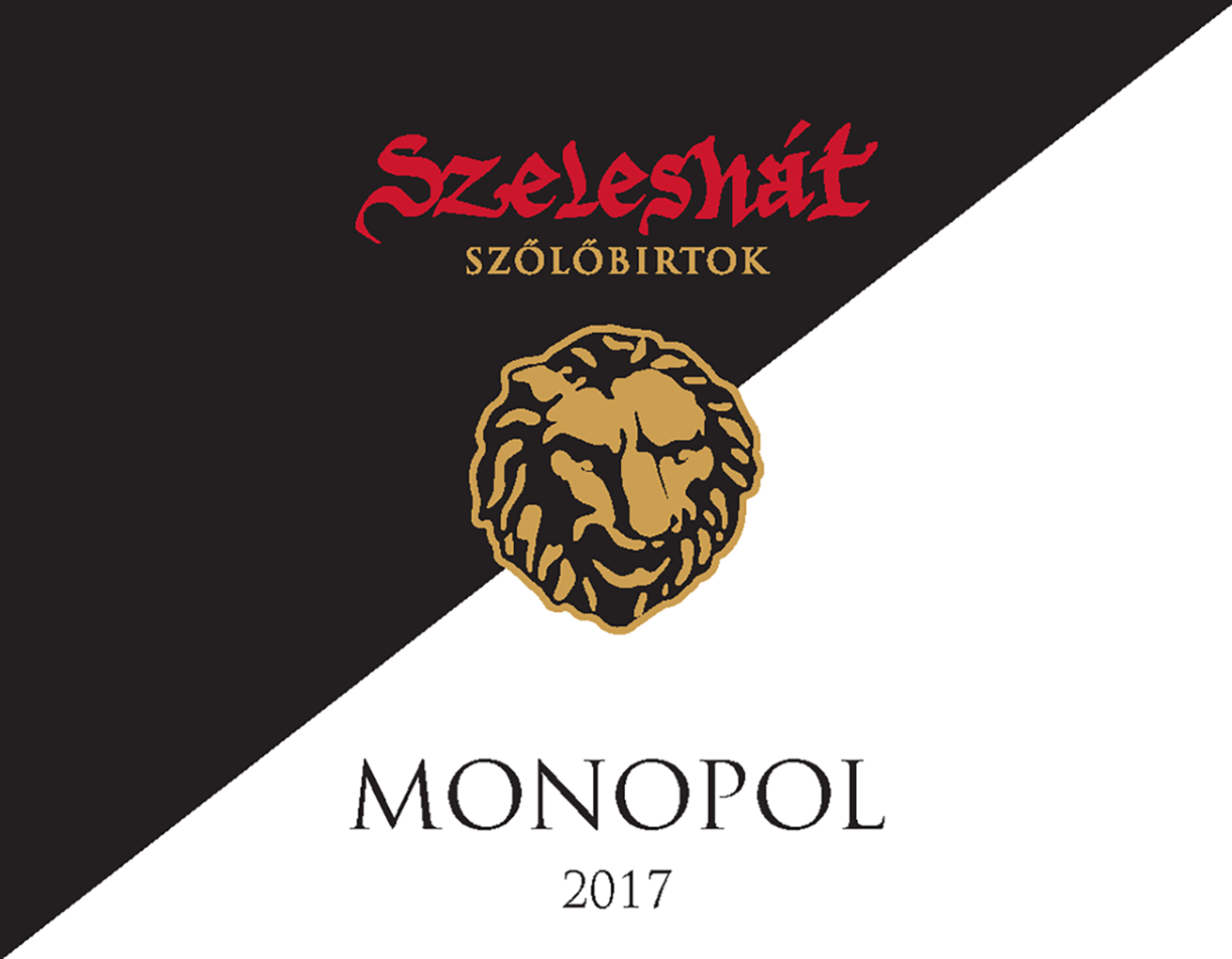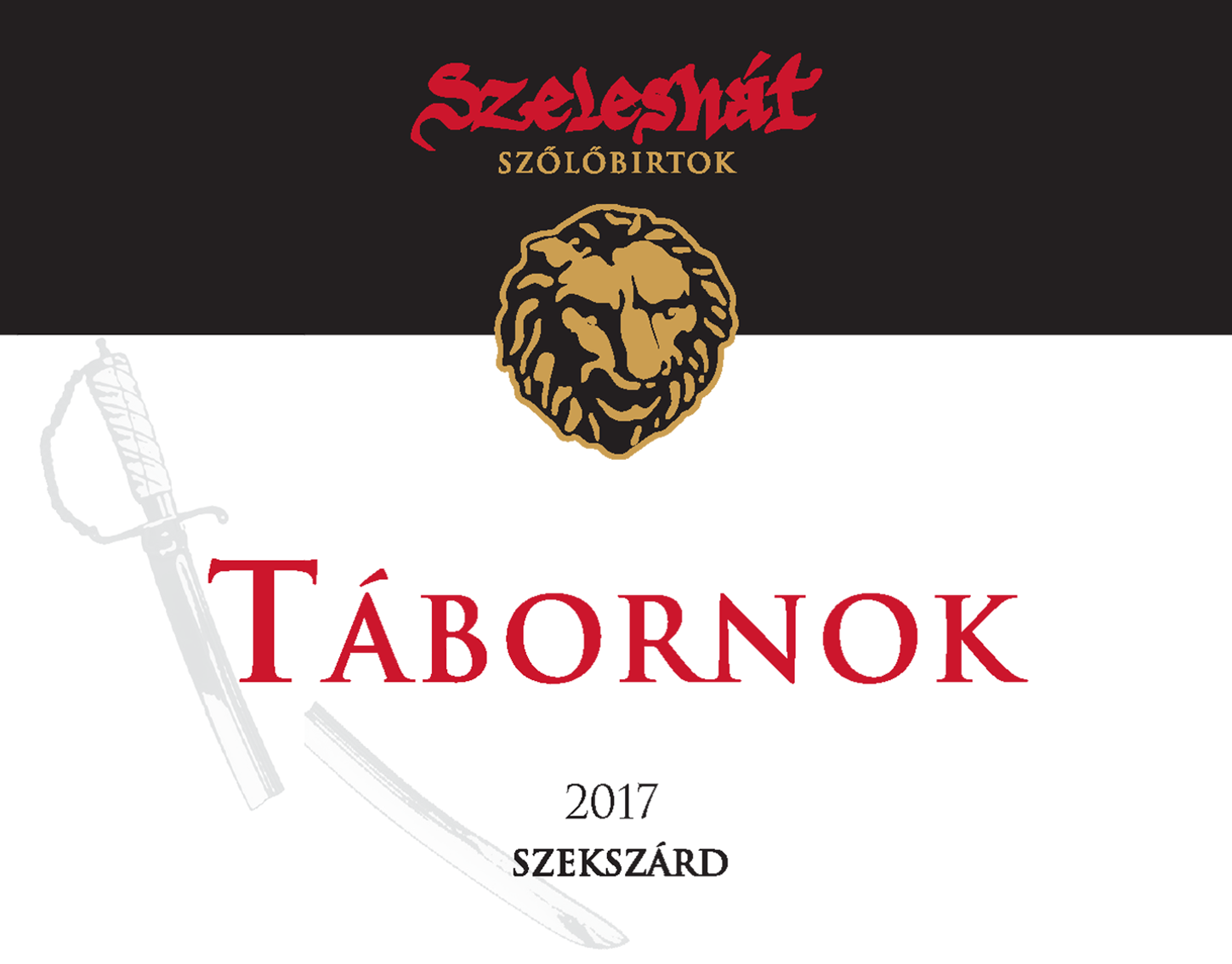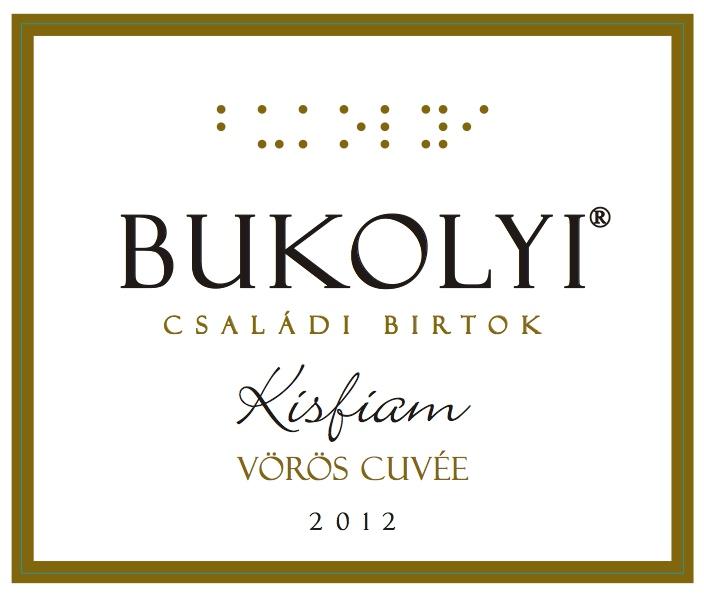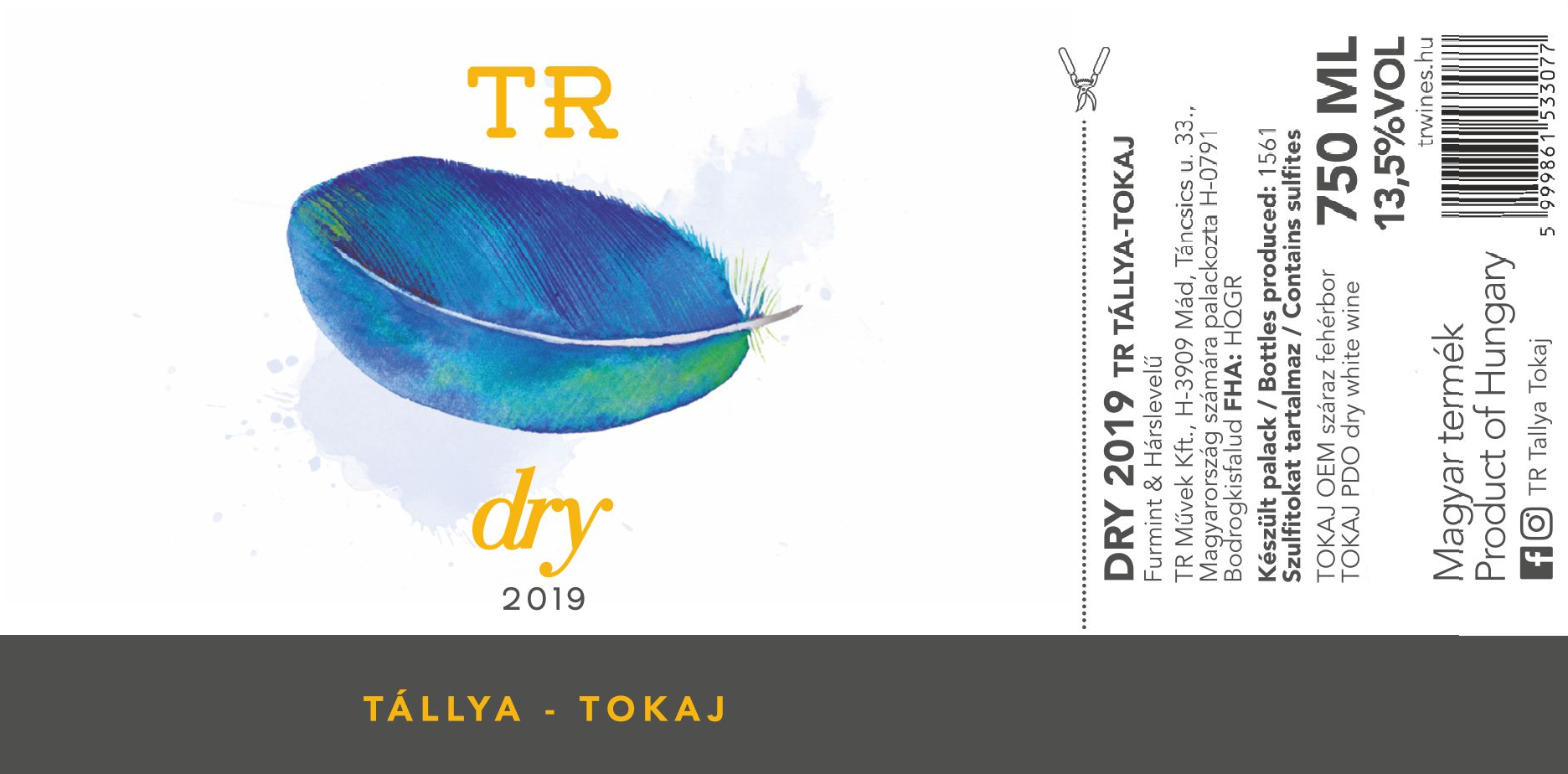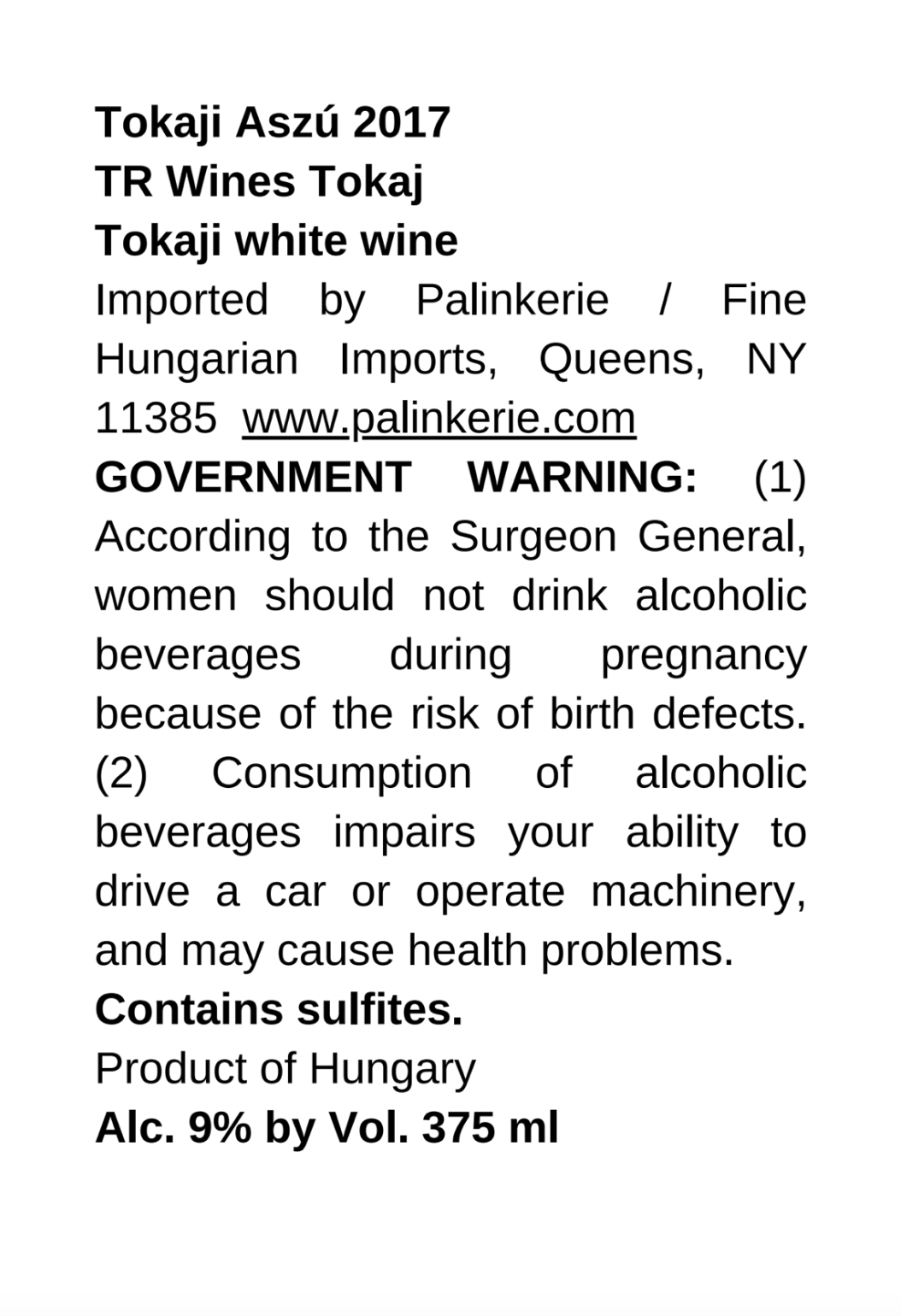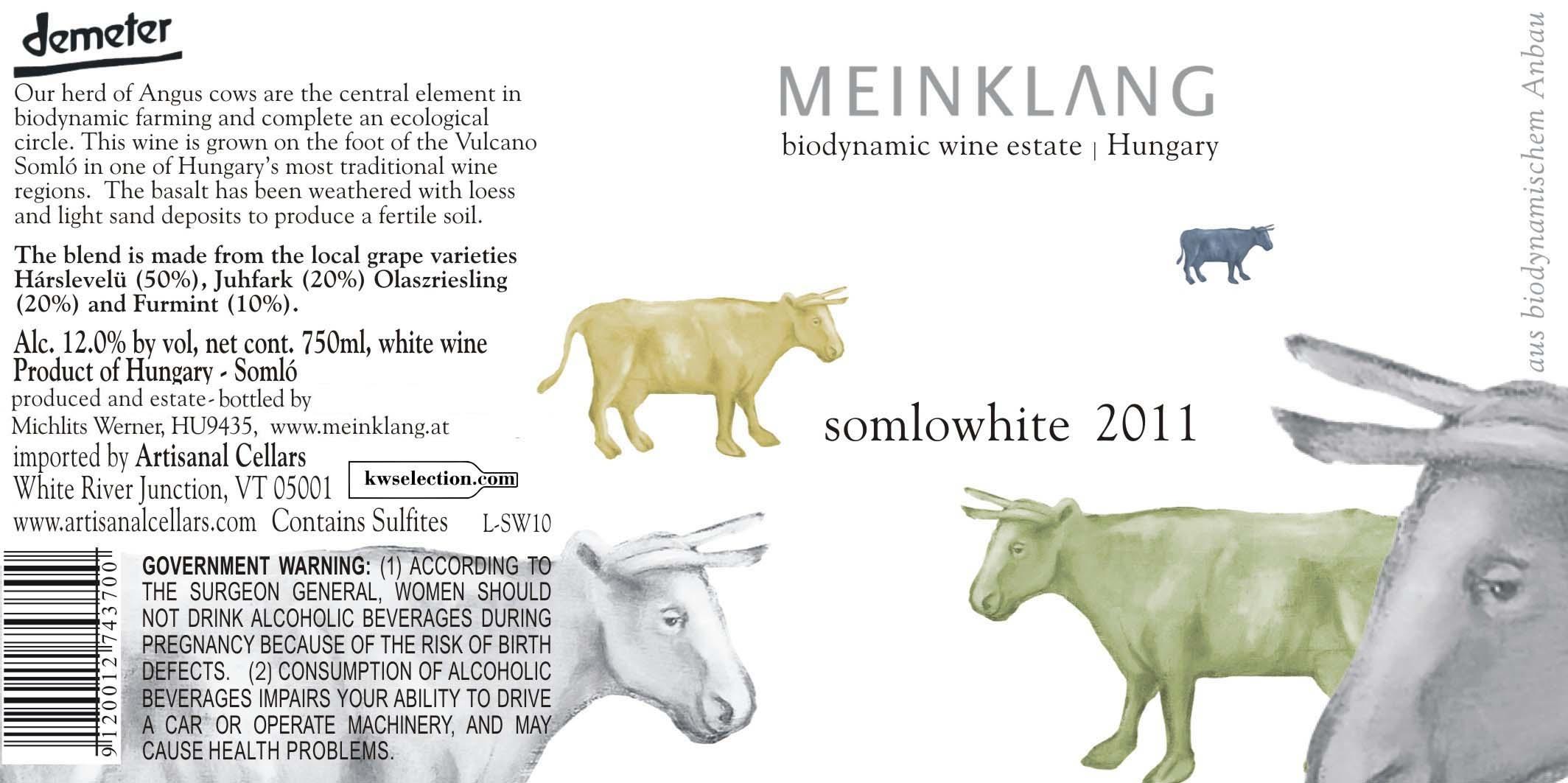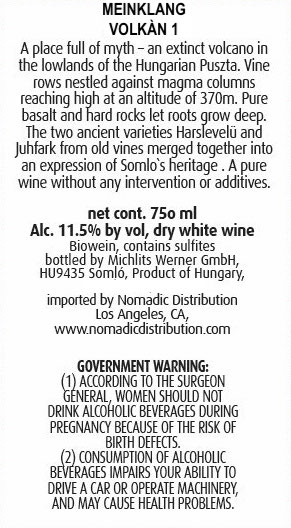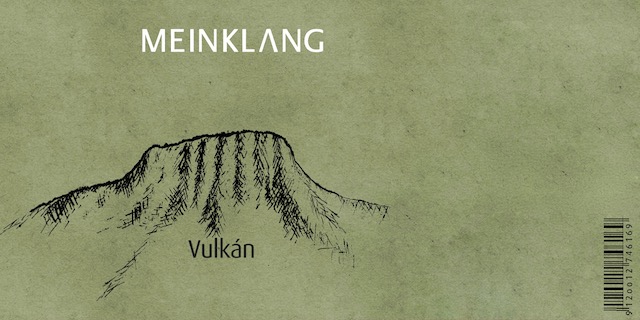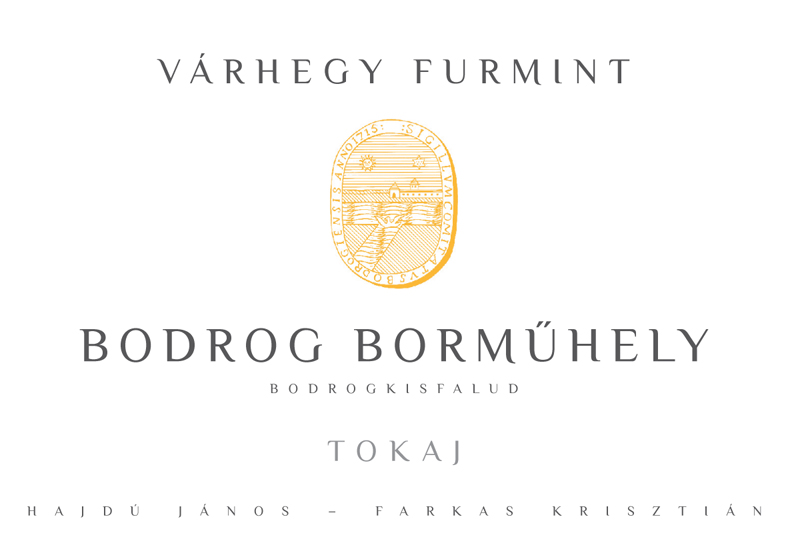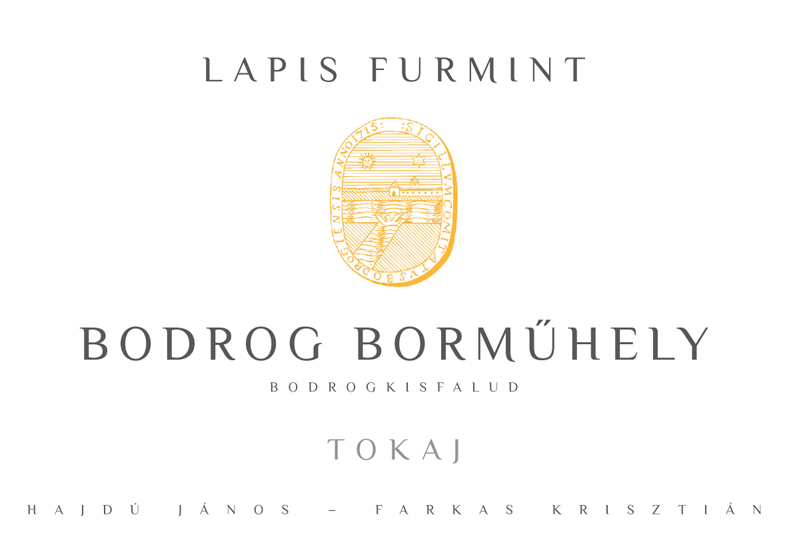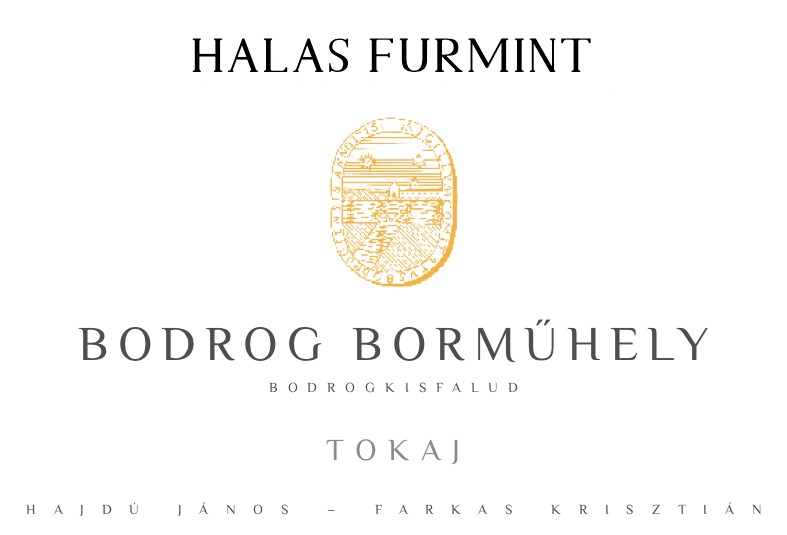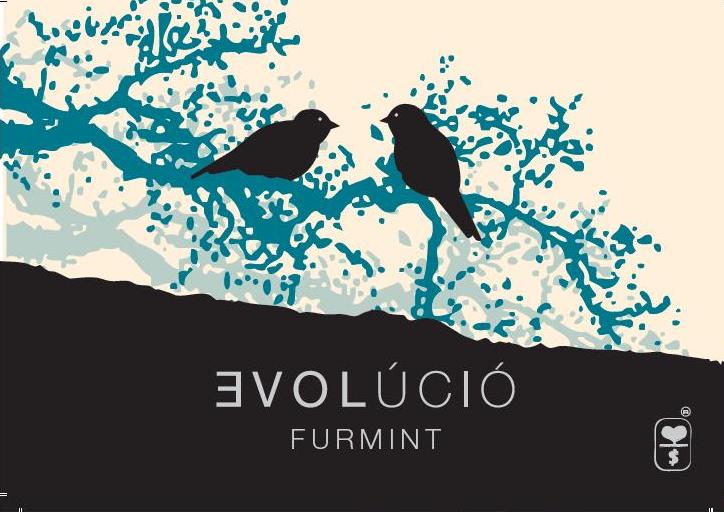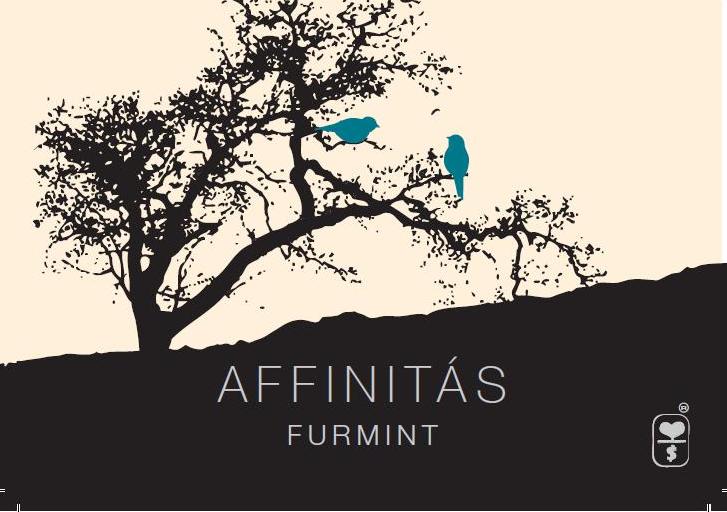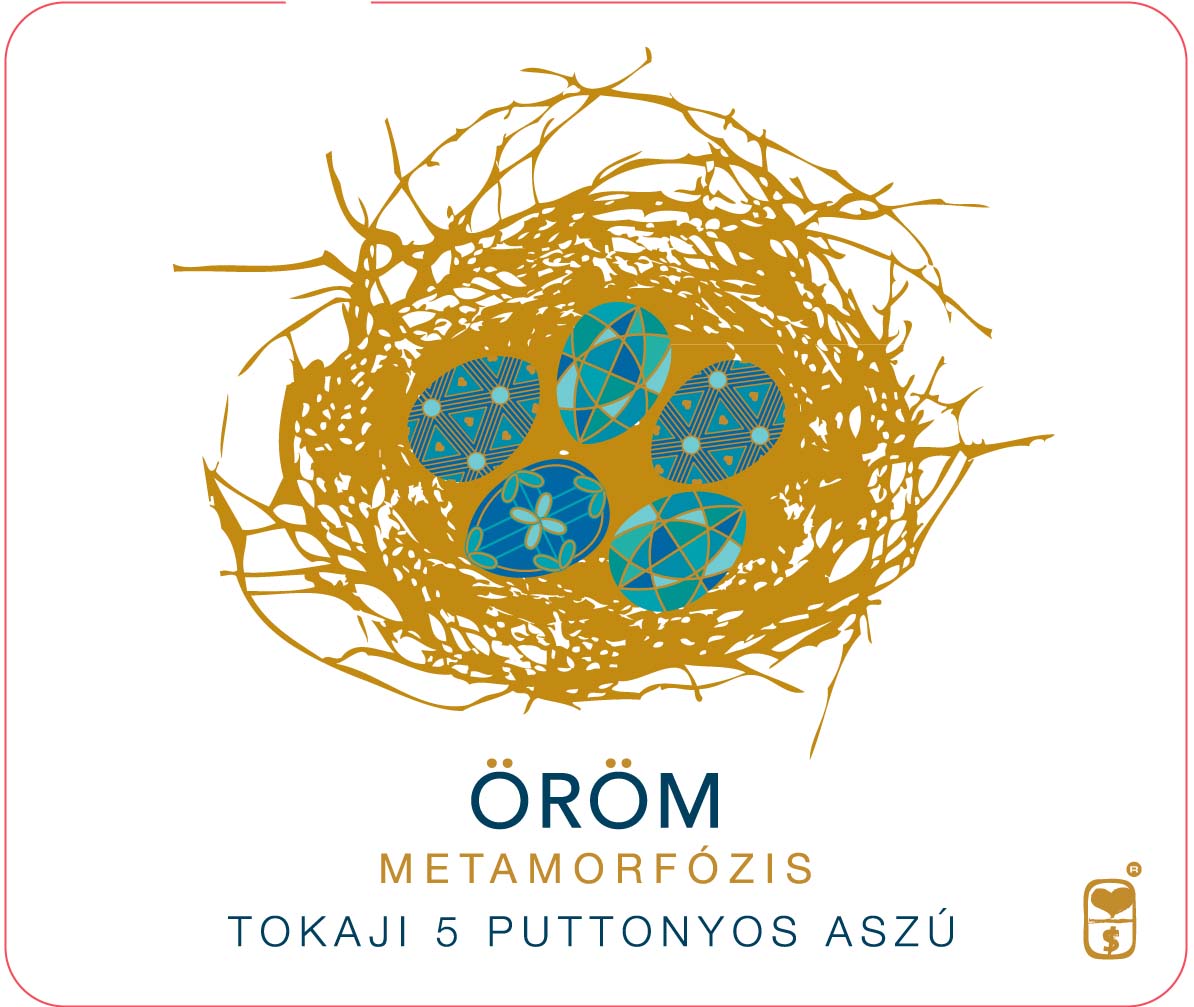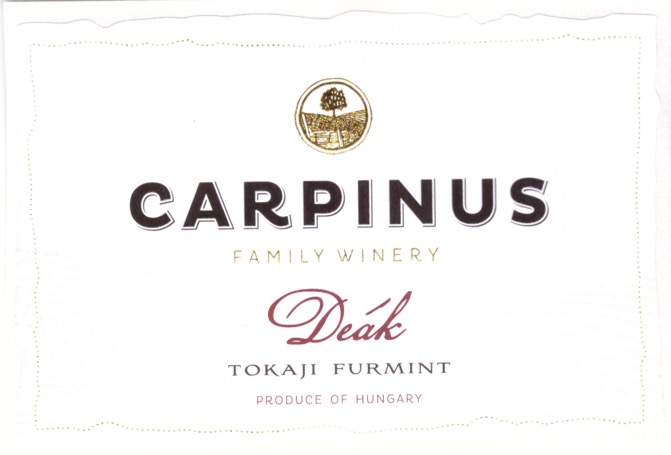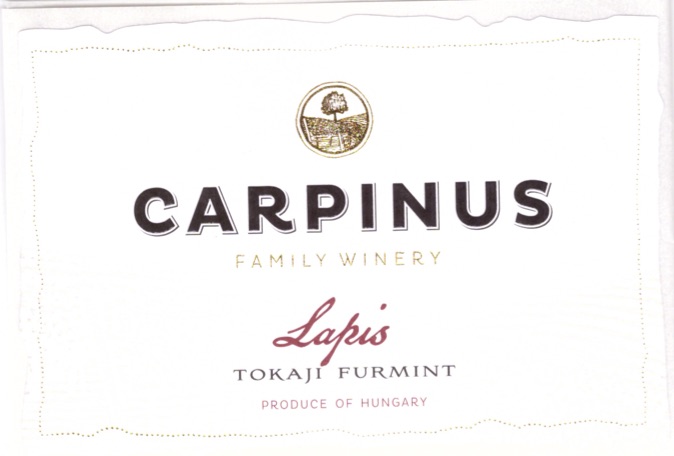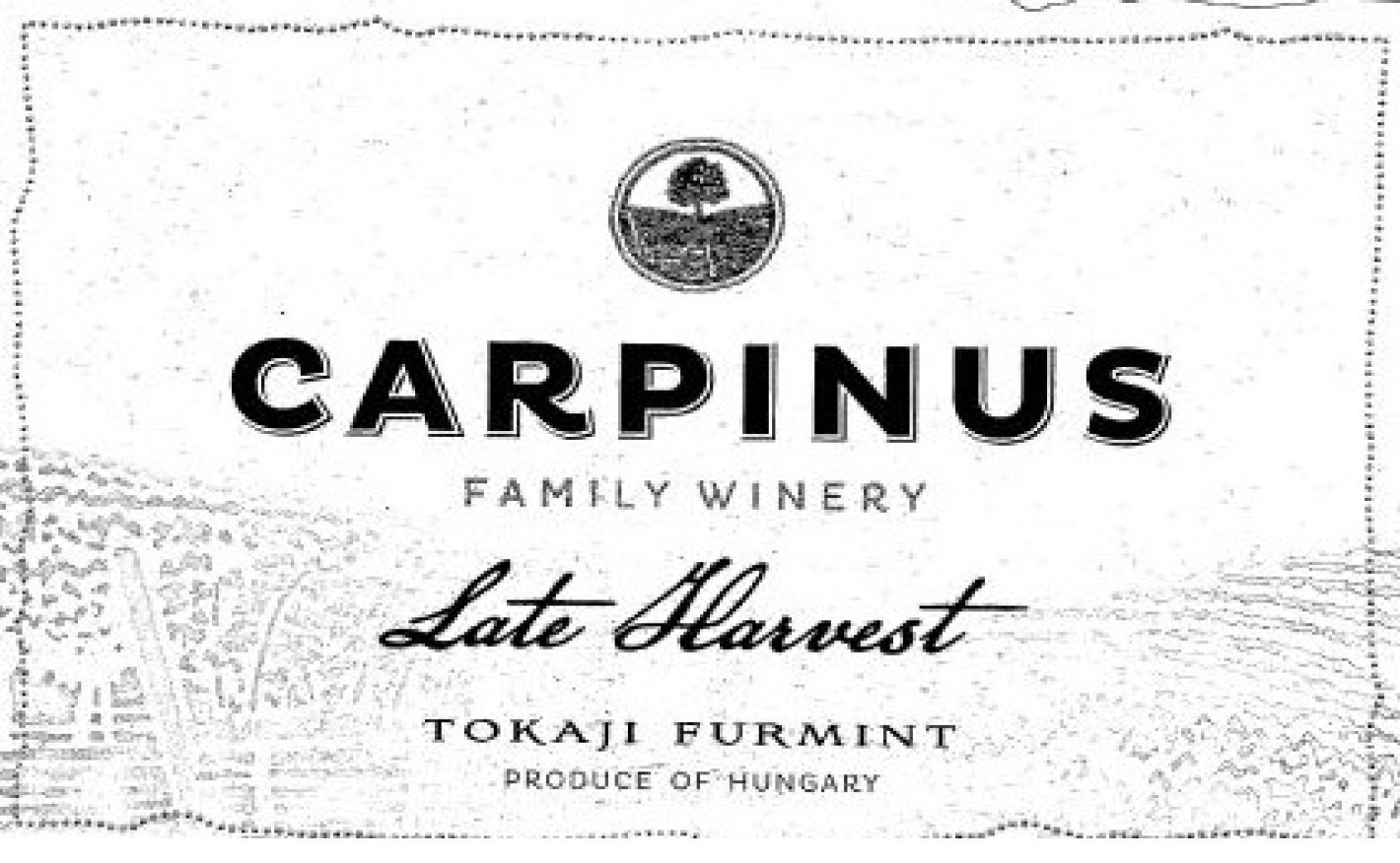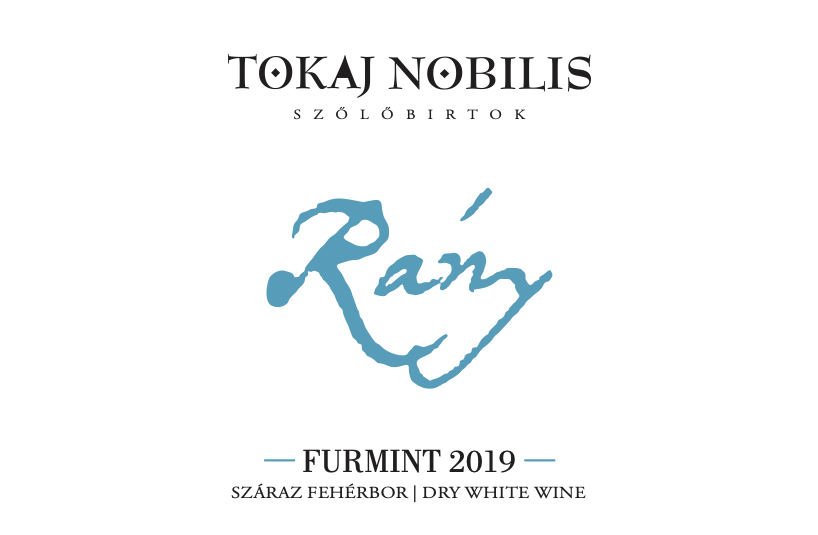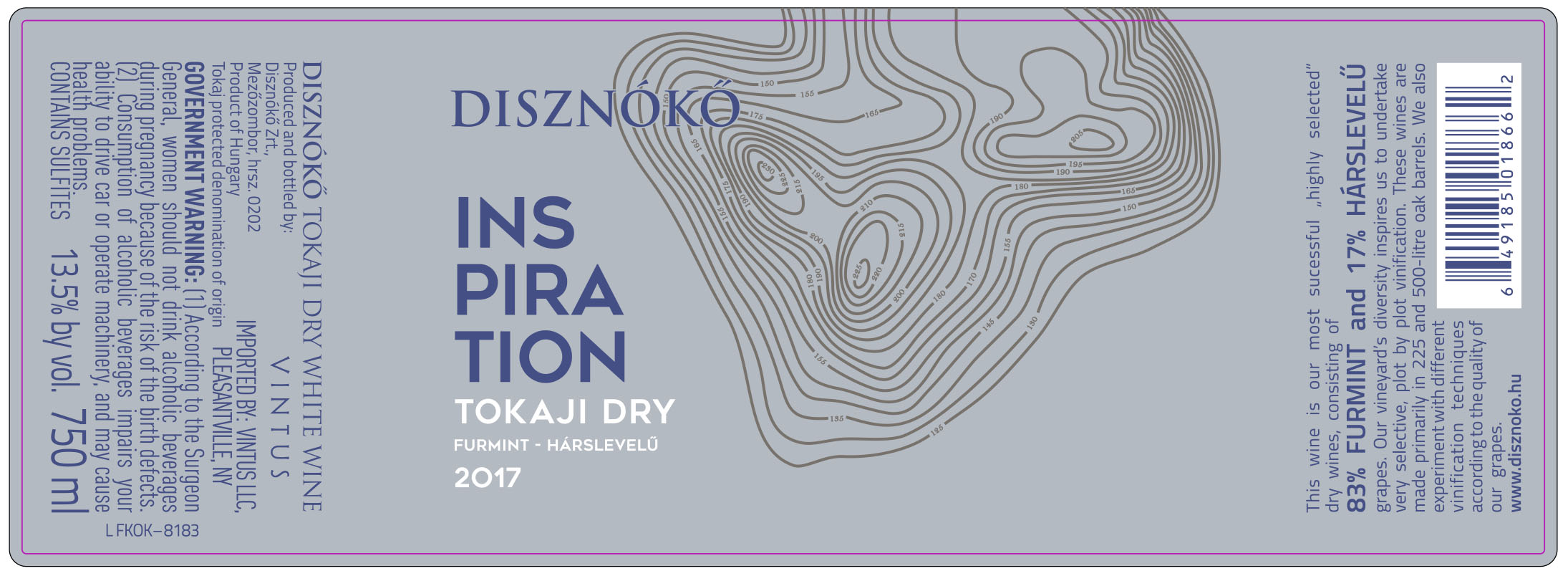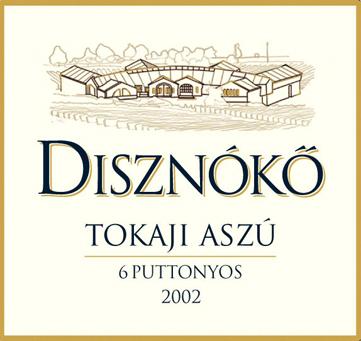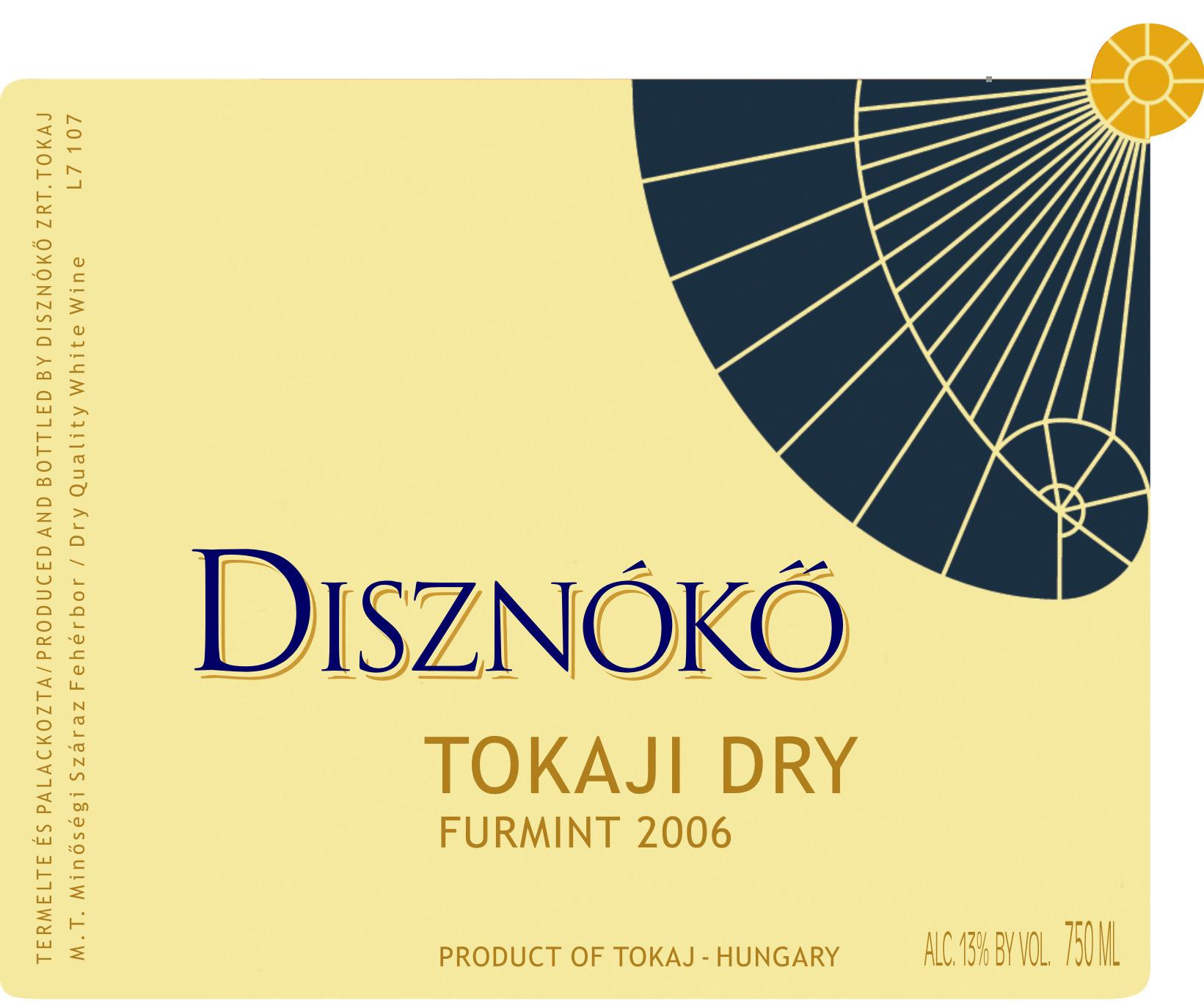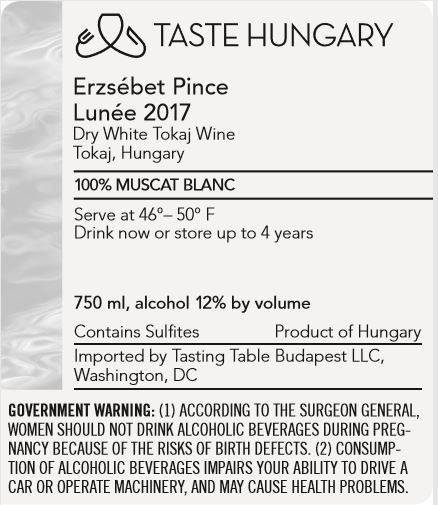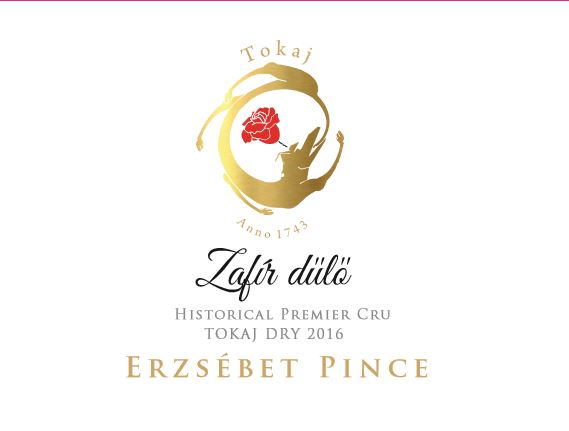Hungarian Wine Regions
Hungary’s diverse wine regions reflect a remarkable interplay of soils, microclimates, and centuries-old traditions. These unique conditions yield an impressive array of wine styles, from mineral-laced whites to robust reds.
Notable regions include:
-
Tokaj: Volcanic tuff soils and river mists create the perfect conditions for noble rot and Hungary’s iconic sweet wines.
-
Lake Balaton: The north shore’s reflected sunlight yields crisp, refreshing whites.
-
Somló & Badacsony: Black basalt soils foster full-bodied, smoky whites with striking minerality.
-
Eger: Volcanic soils impart bright acidity and structure to both reds and whites.
-
Villány & Szekszárd: Deep loess and limestone produce bold, tannic reds in the south.
Sustainability in Hungarian Winemaking
Sustainability is becoming a defining feature of Hungary’s modern wine scene. Across its varied regions, more producers are adopting organic and biodynamic methods, whether formally certified or not.
This movement is shaped by both a respect for local tradition and a response to changing global expectations. Small growers often use natural solutions—like planting cover crops and recycling vineyard waste—while larger estates invest in renewable energy and new technologies.
There is also a growing interest in disease-resistant grape varieties, which helps reduce the need for chemical treatments. These efforts show a shared commitment to protecting Hungary’s unique terroirs, from volcanic hills to fertile plains, and support the future of both native and international varieties.
As a result, Hungarian wines are not only vibrant and expressive, but also increasingly made with care for the environment.
Wine Tourism in Hungary
Hungary’s wine tourism scene blends tradition with modern hospitality, making it easy for visitors to explore the country’s most celebrated regions. From historic cellars to lively festivals, each destination offers a unique window into Hungarian wine culture.
-
Eger: Discover volcanic cellars in the Szépasszony-völgy and sample both Egri Bikavér and crisp whites.
-
Tokaj: Tour UNESCO-listed vineyards and taste the famed Tokaji Aszú sweet wine.
-
Villány: Explore Hungary’s first official wine route with guided tastings and local food pairings.
-
Lake Balaton: Cycle between wineries on the volcanic north shore with stunning views, while the south shore hosts larger events.
-
Etyek: Just outside Budapest, enjoy crisp whites, sparkling wines, and popular quarterly "Wine Picnic" events.
-
Budapest Festivals: The Budapest Wine Festival is the premier event, with Rosalia and Junibor festivals also drawing wine lovers.
History of Hungarian Wine
Hungarian wine boasts a legacy dating back to Roman times, shaped by resilience and renewal. Its story is marked by innovation, hardship, and a modern revival that honors tradition and sustainability.
- Monks expanded vineyards during the Middle Ages, laying the foundation for Hungary’s diverse terroirs and native varieties.
- The 17th century saw Tokaj’s golden era, when its sweet Aszú wine—known as the "Wine of Kings, King of Wines"—gained international fame, and Hungary pioneered one of the world’s first vineyard classification systems in 1730.
- Major setbacks—including phylloxera, territorial losses after World War I, and the Communist era’s focus on quantity over quality, which decimated the country’s fine wine reputation—challenged the industry.
- Since 1989, renewed investment, quality-focused producer guilds like Tokaj Renaissance (1995) and the Pannon Wine Guild (1999), and sustainable practices have restored Hungary’s standing as a dynamic, world-class wine country.



